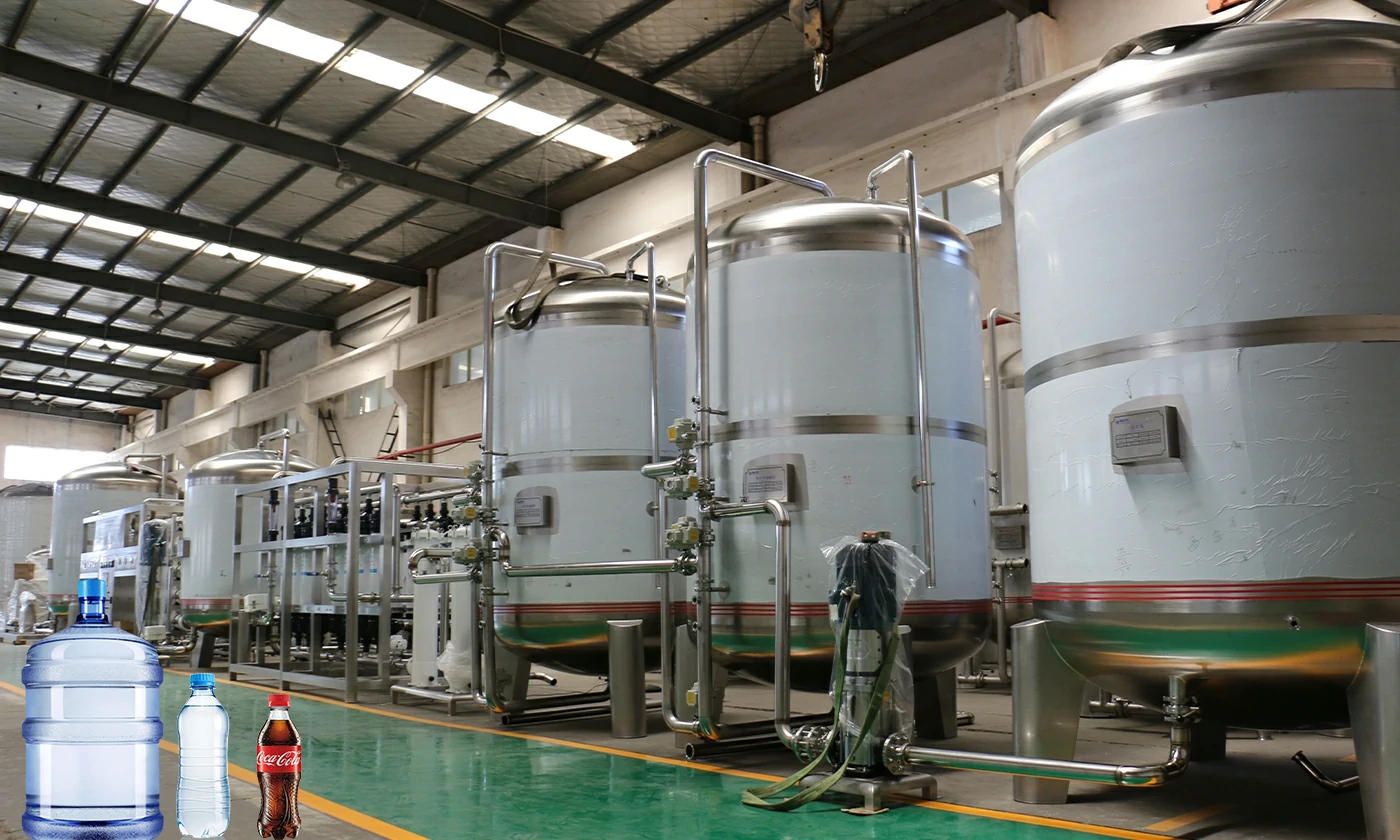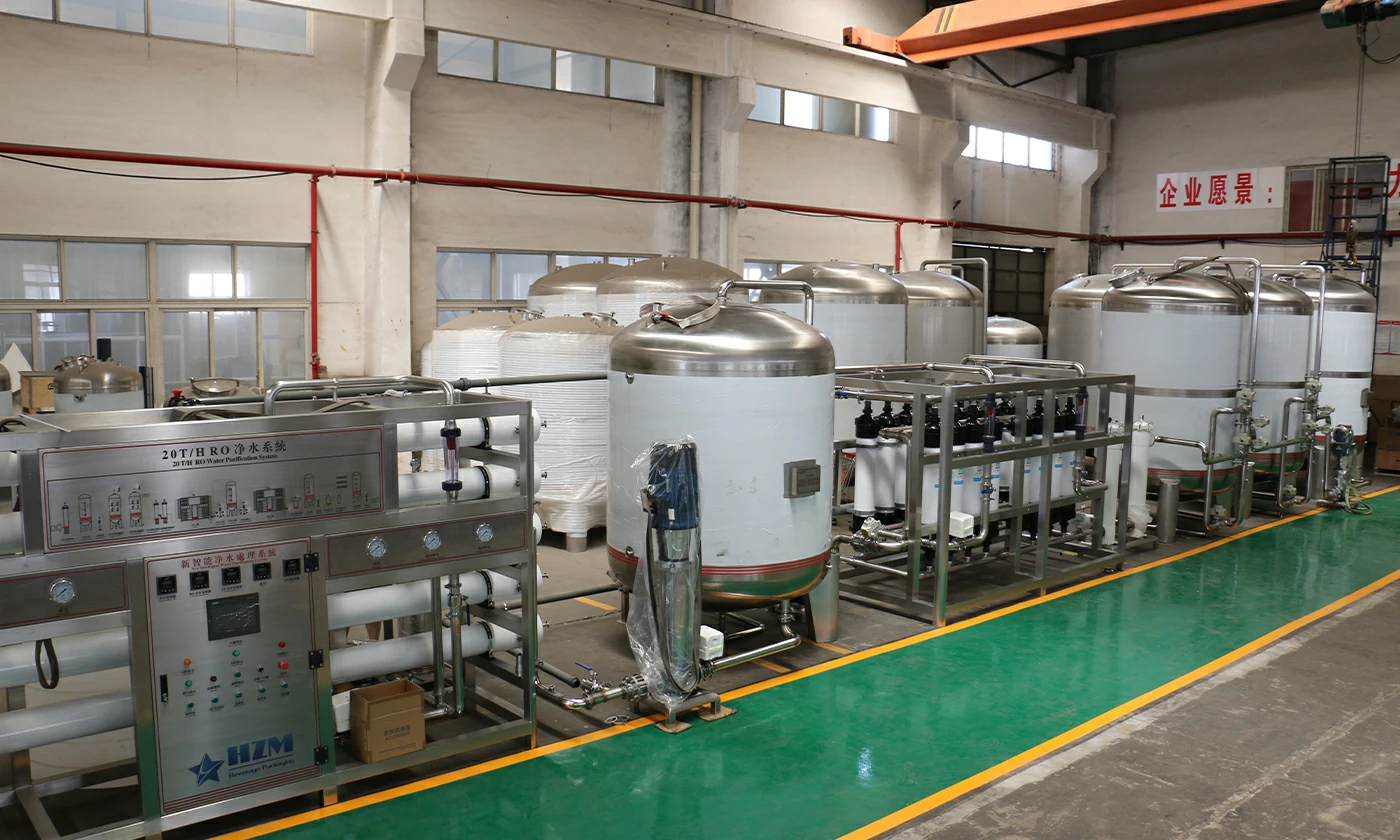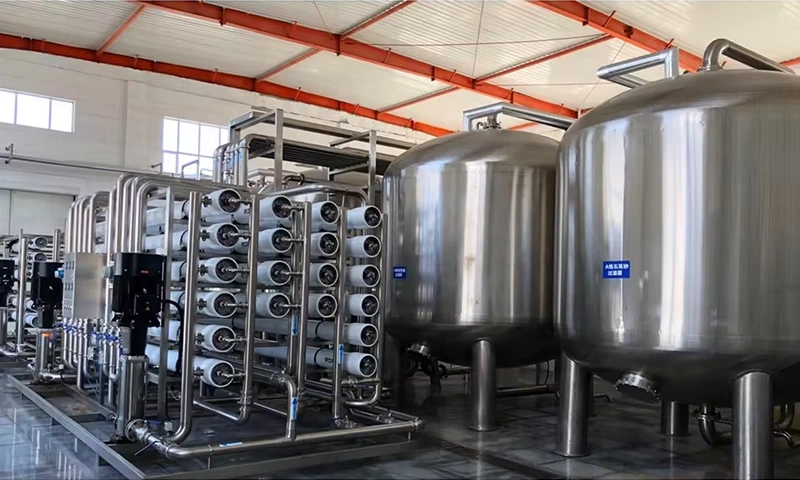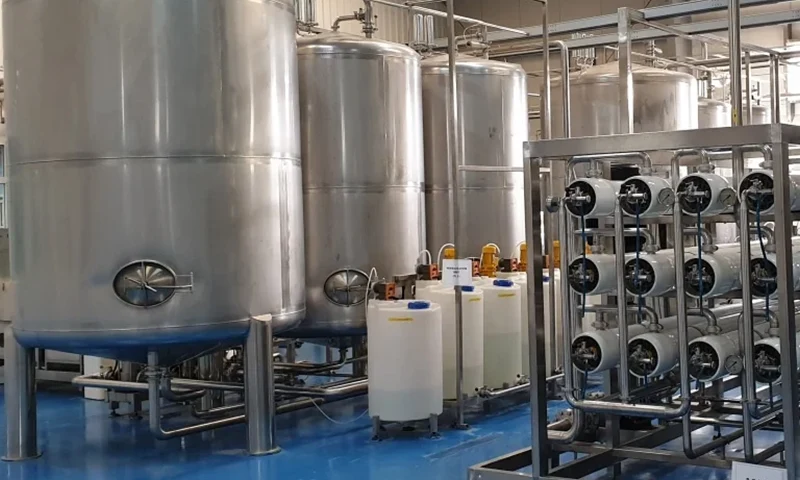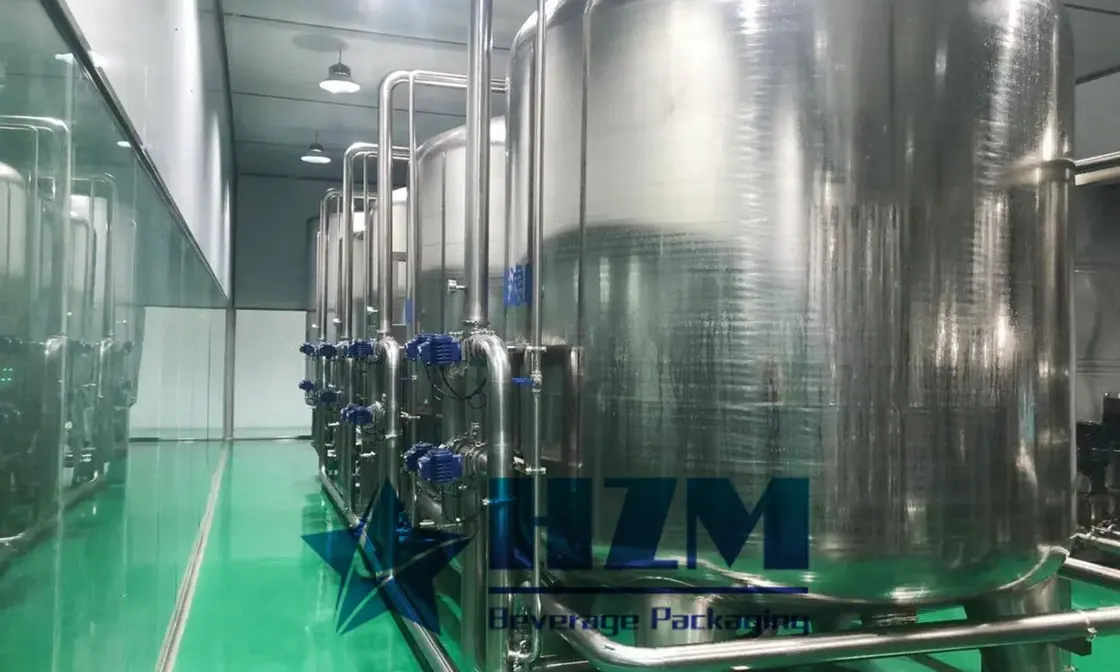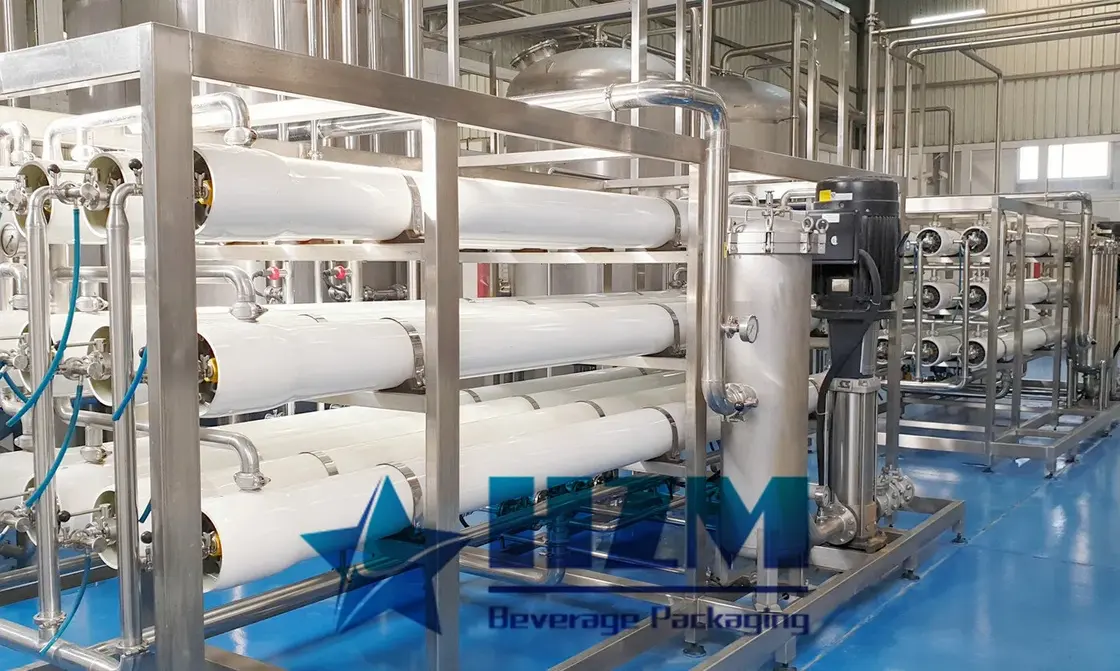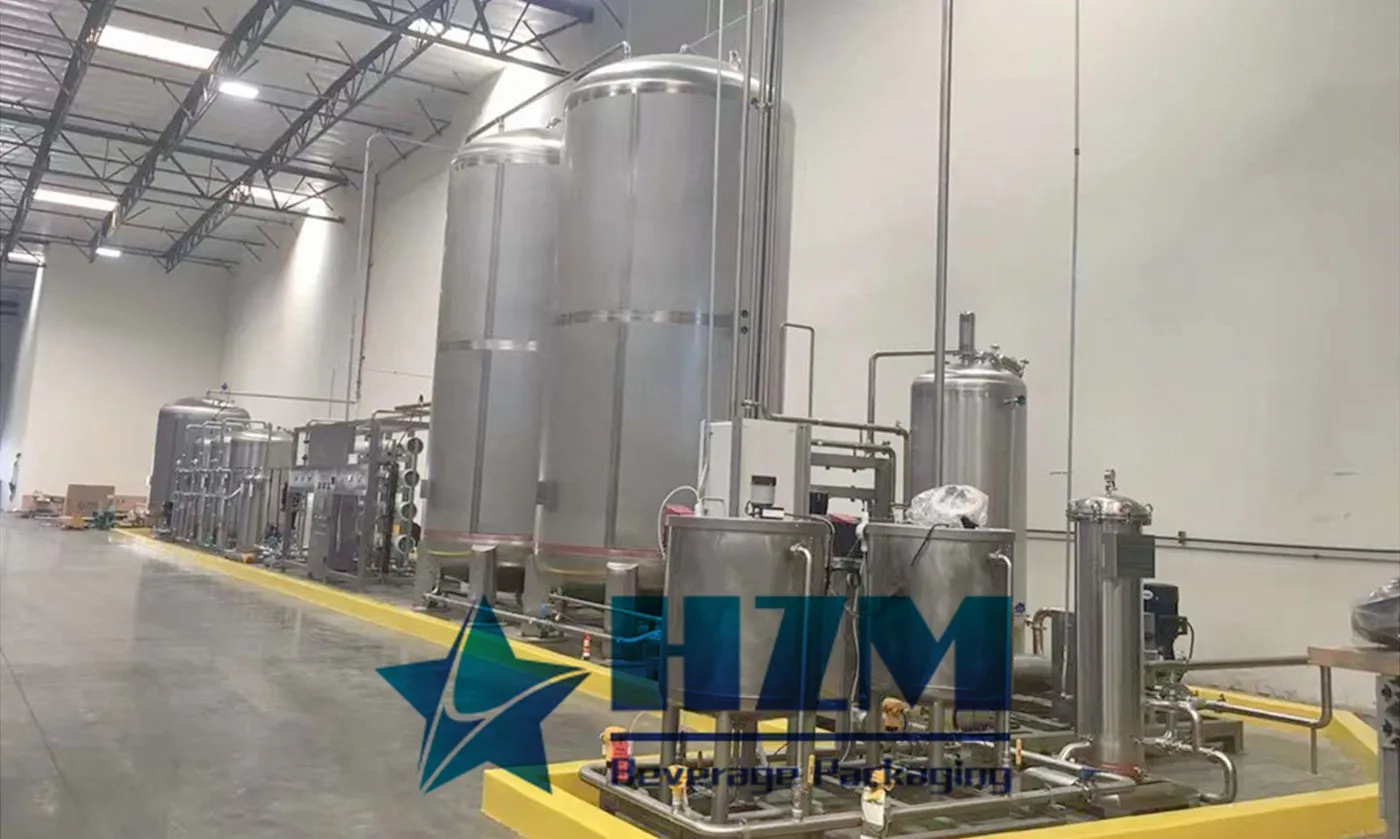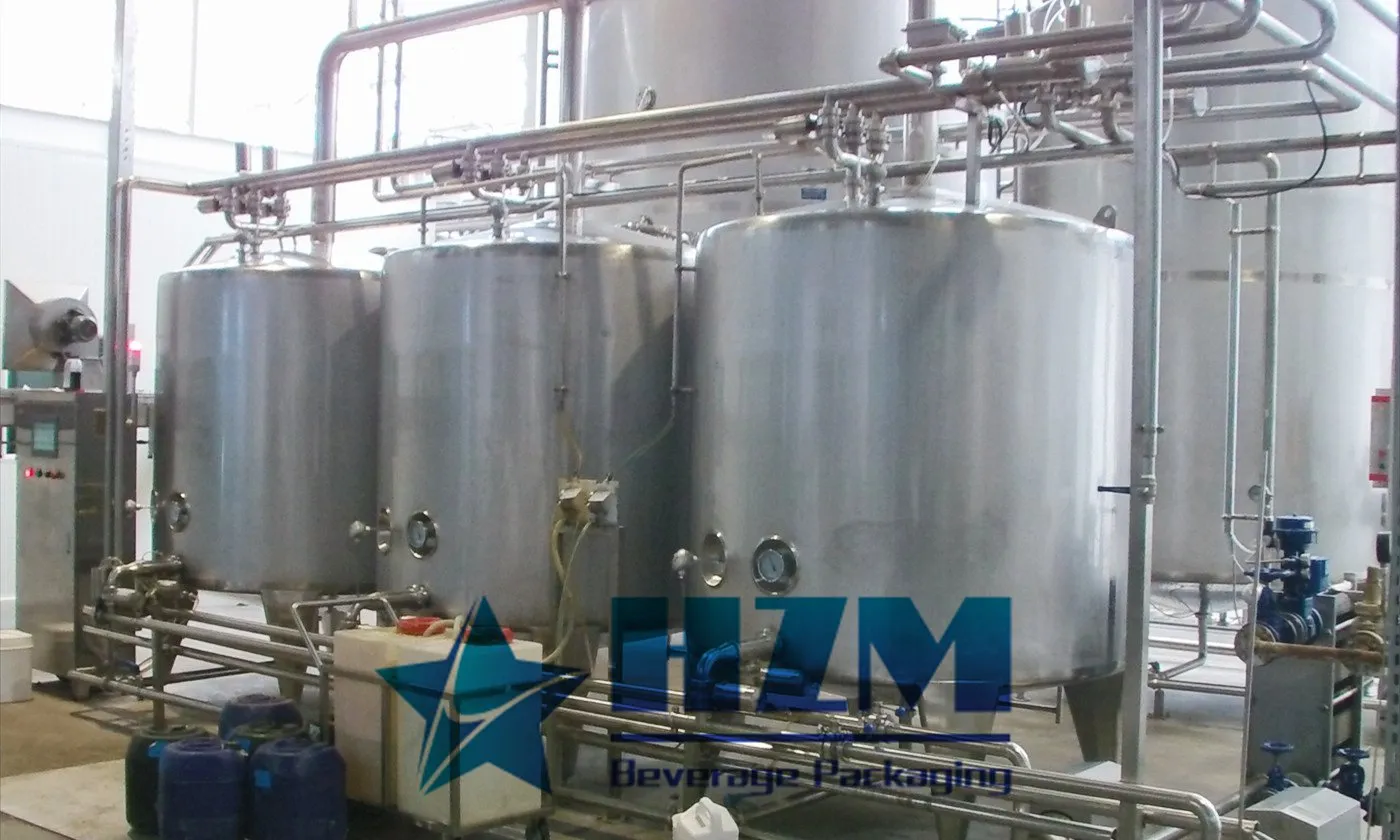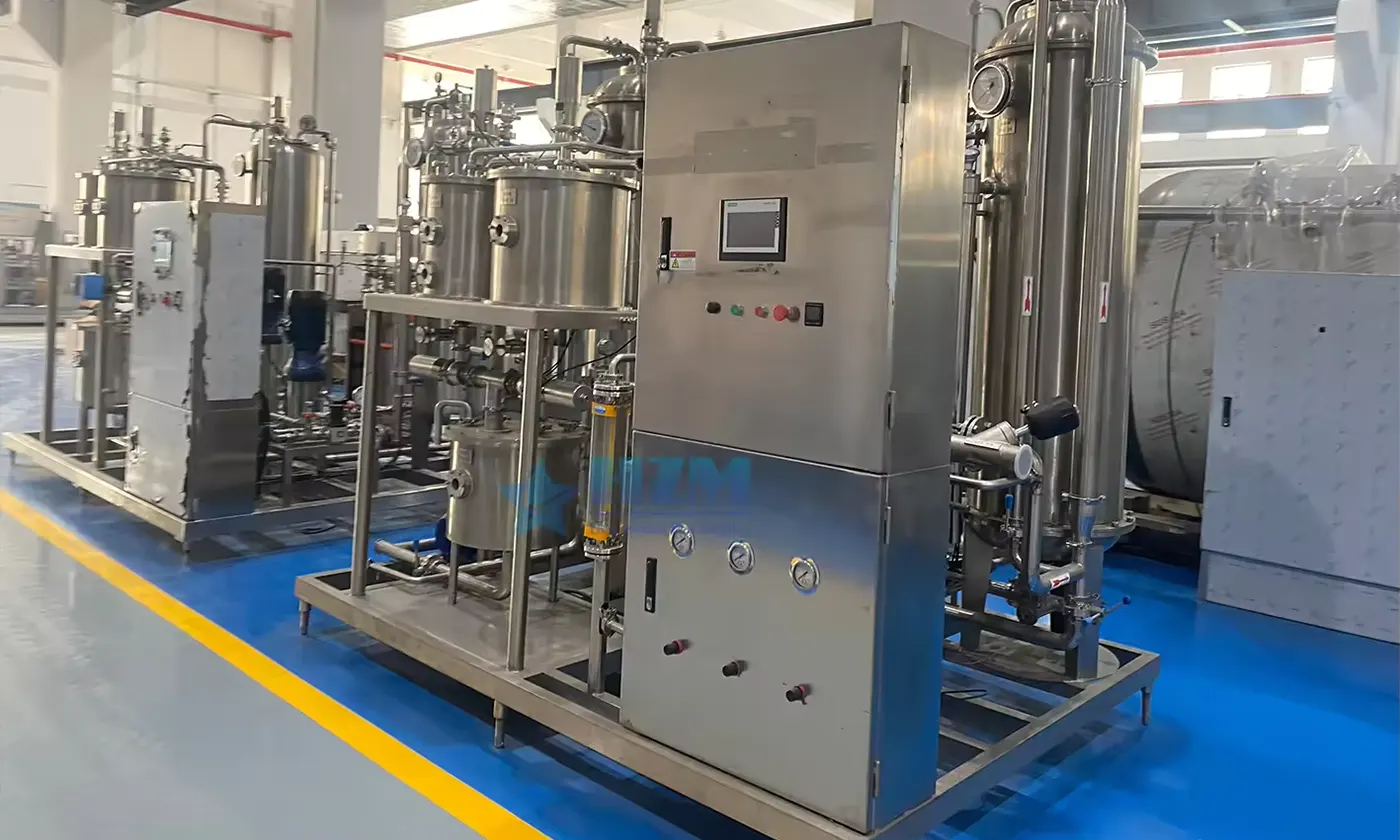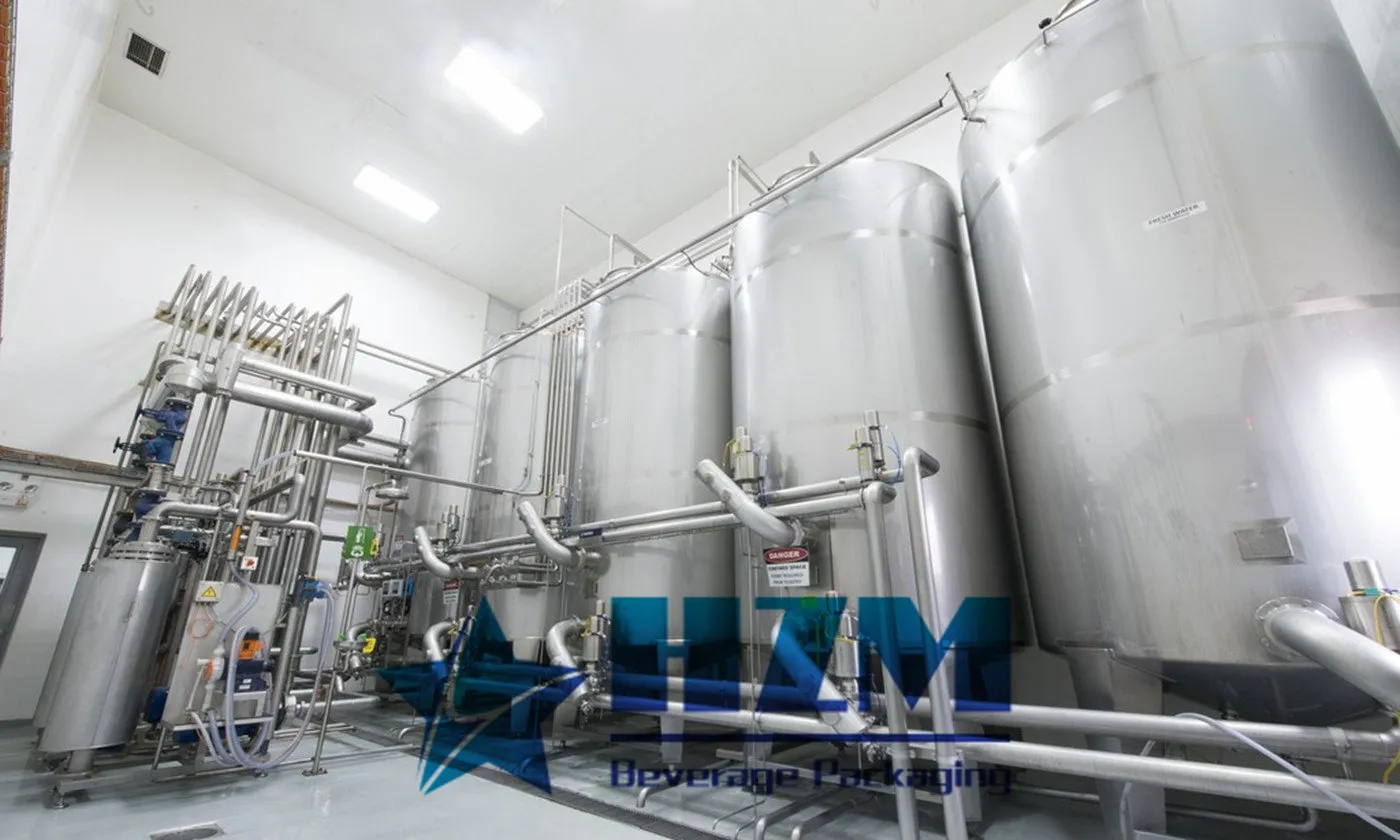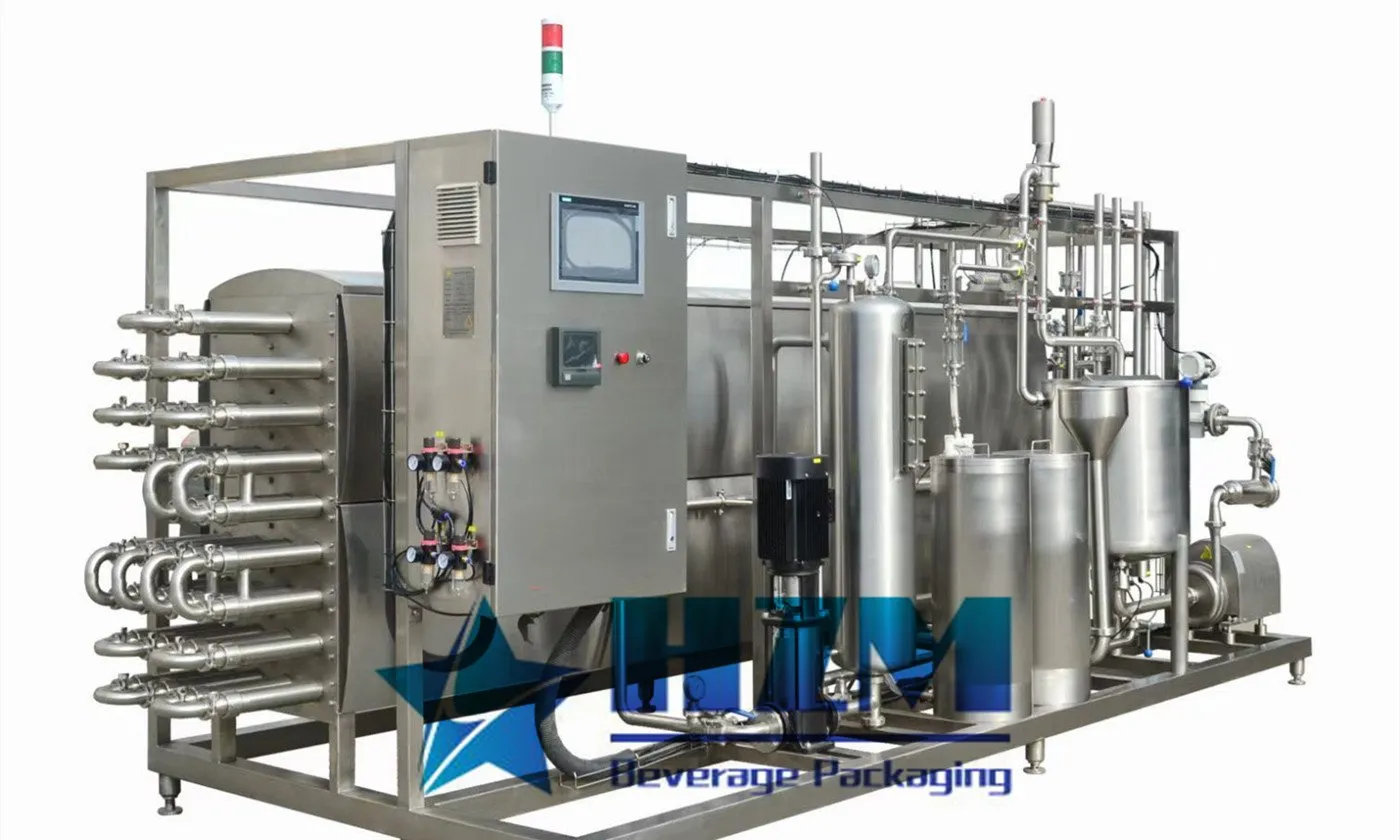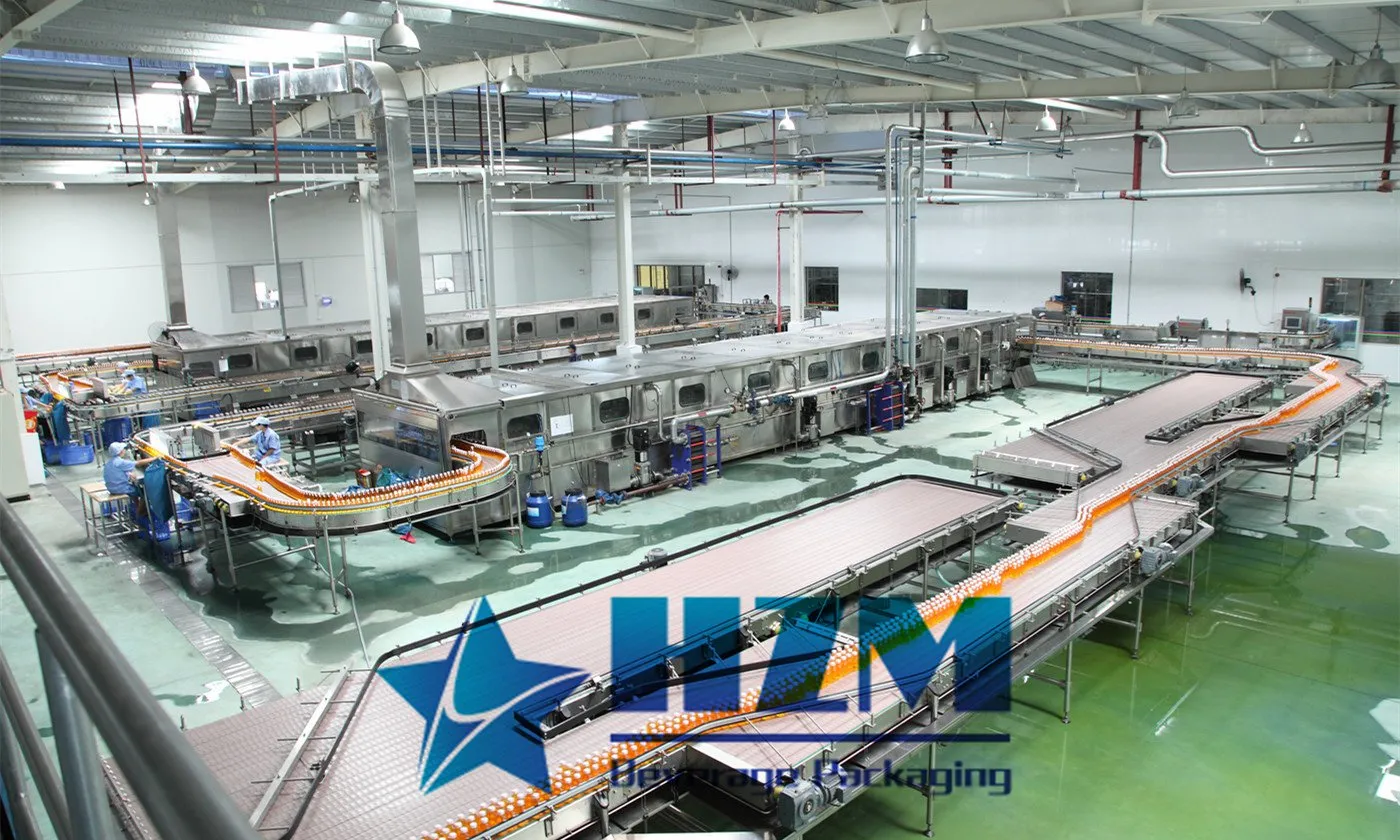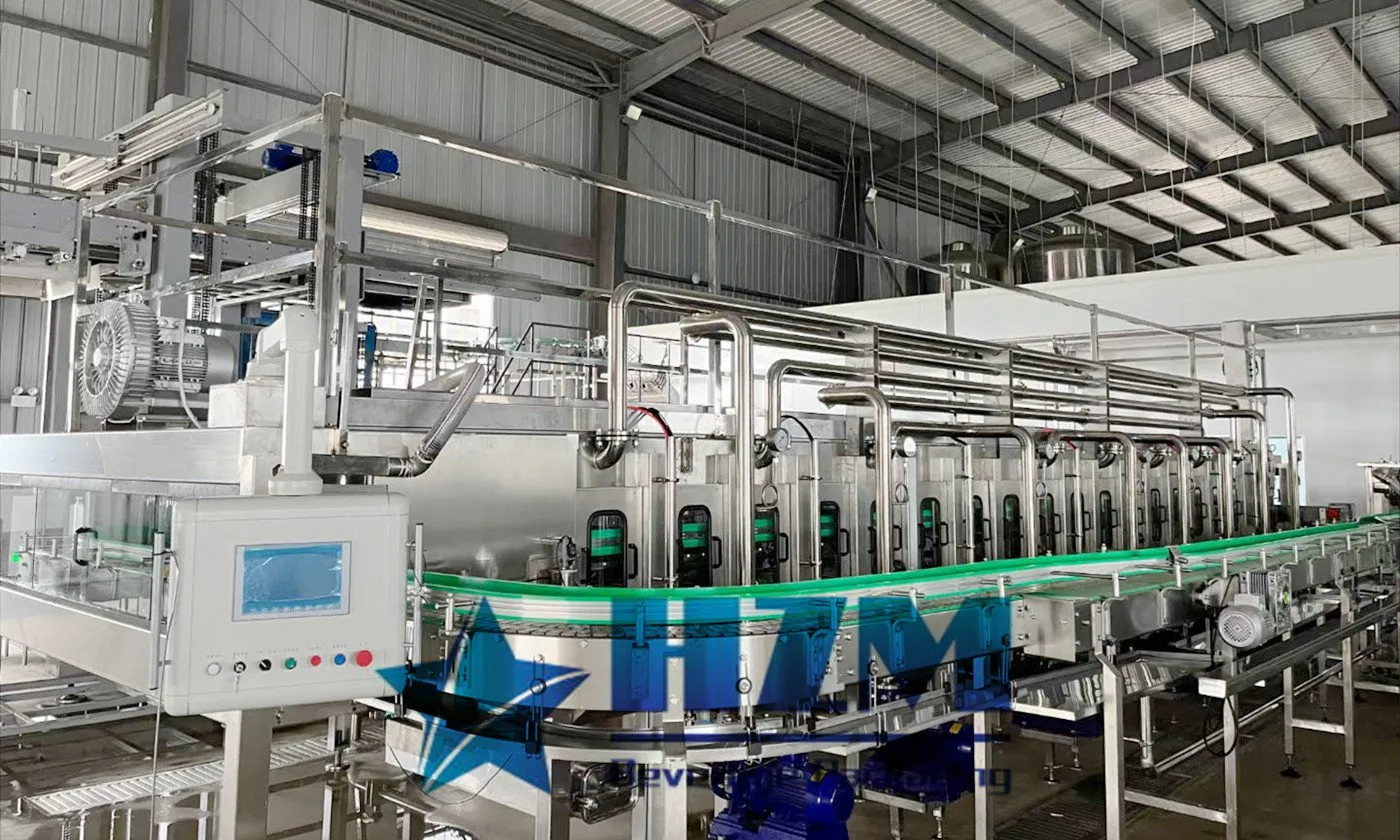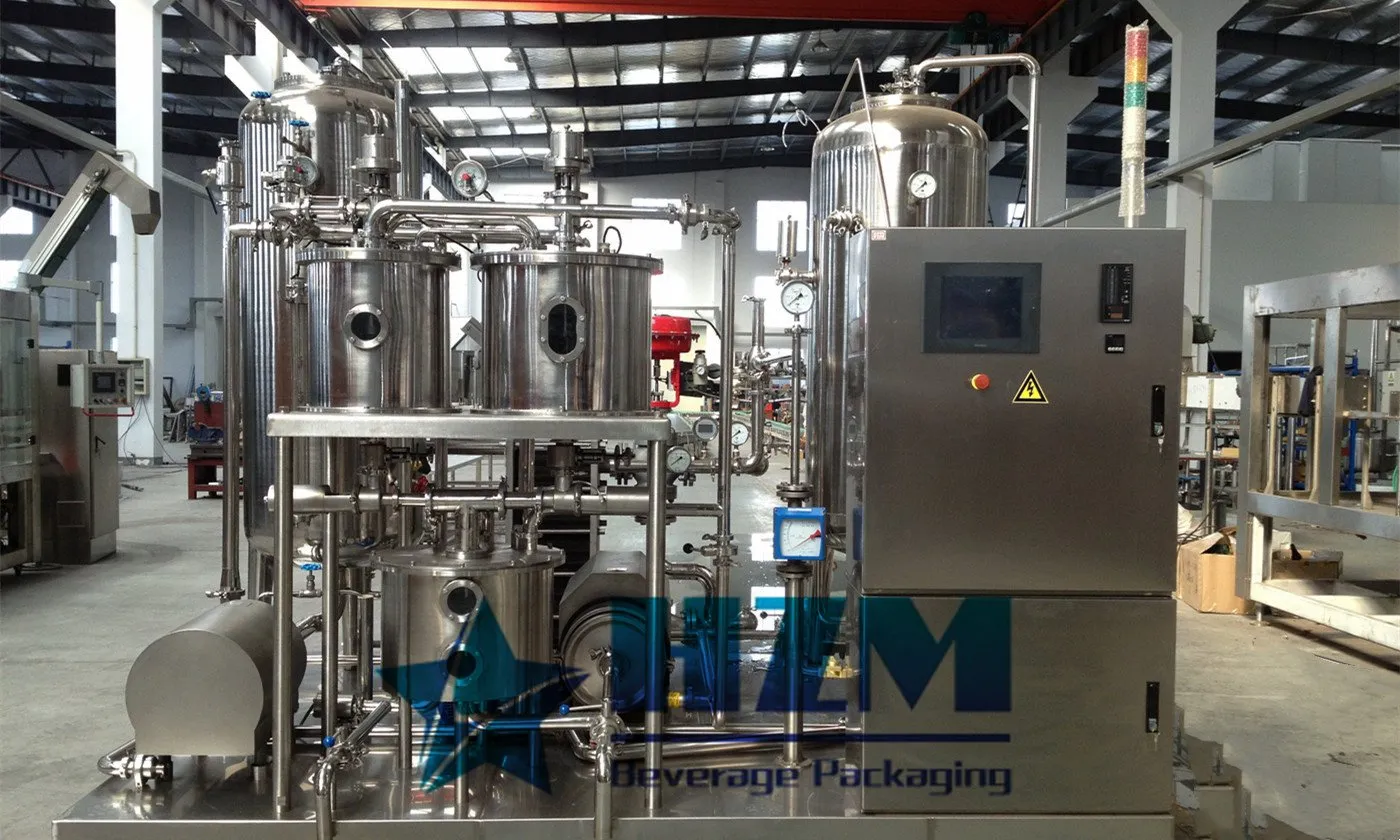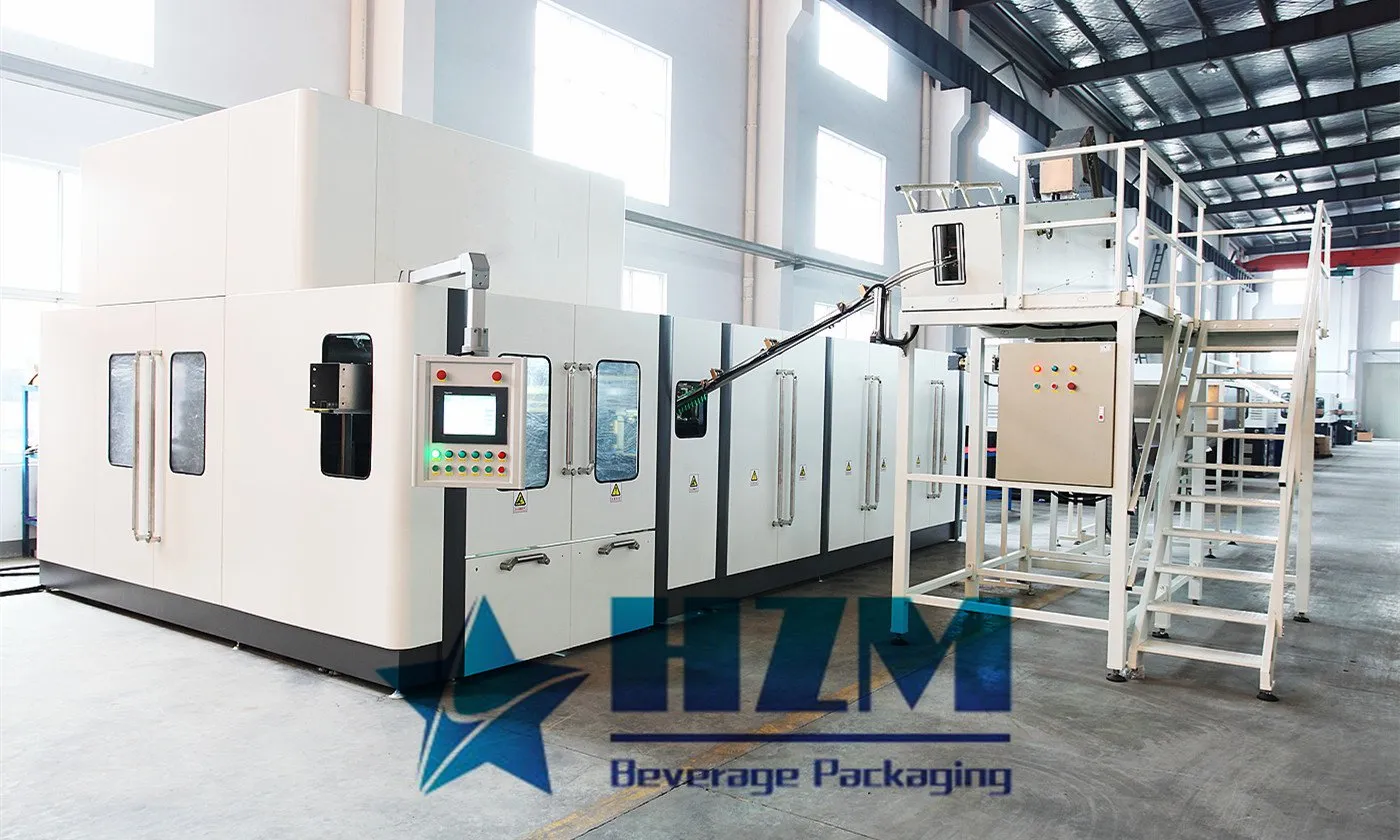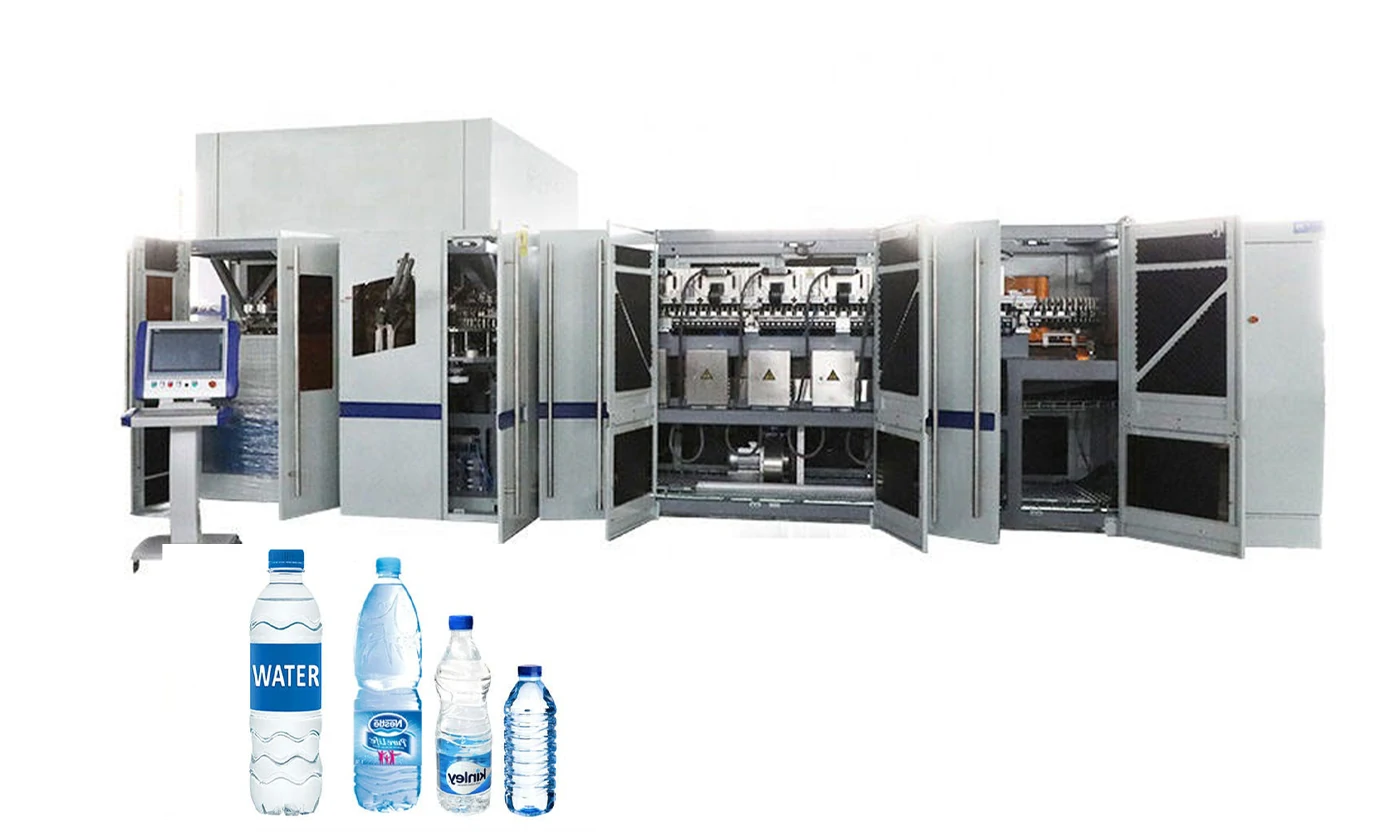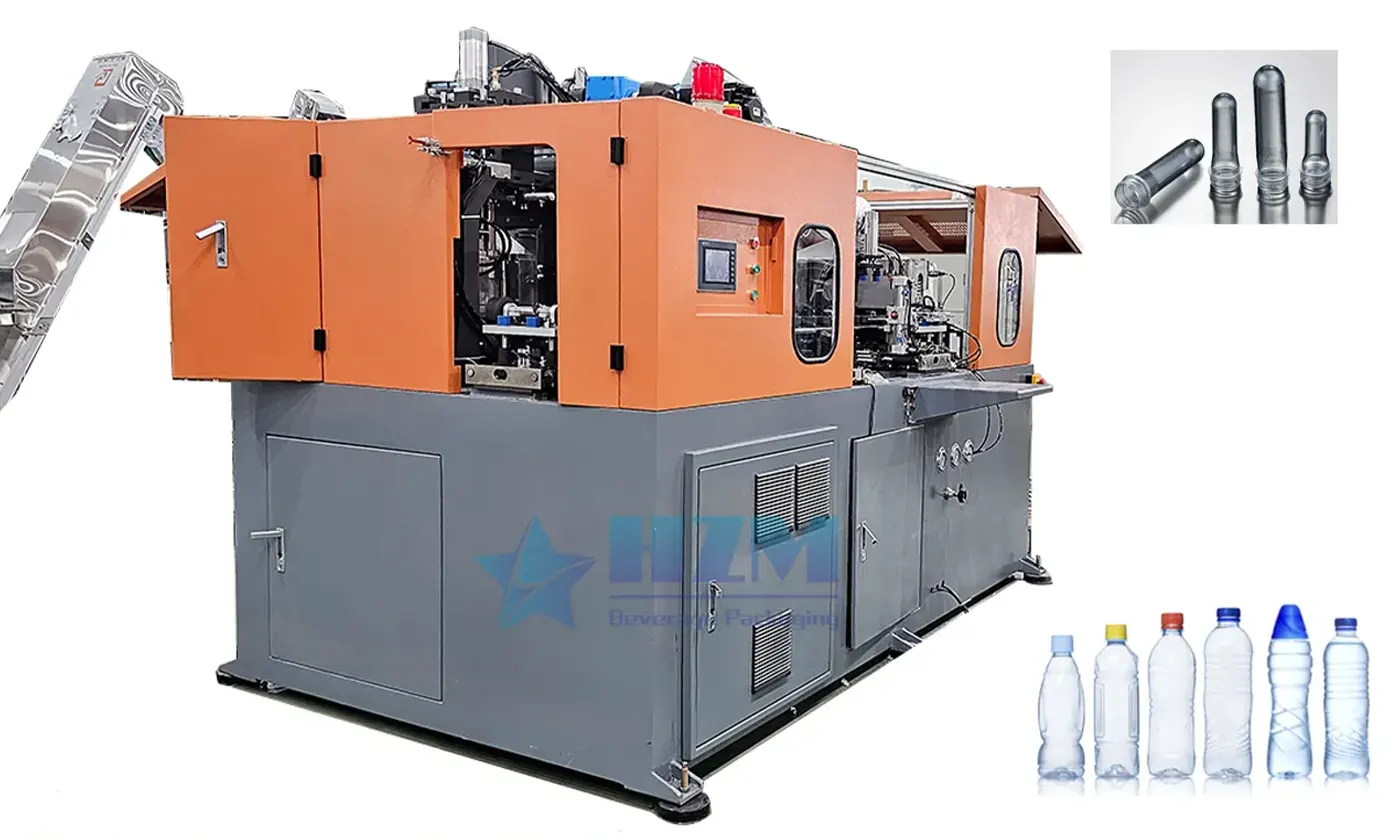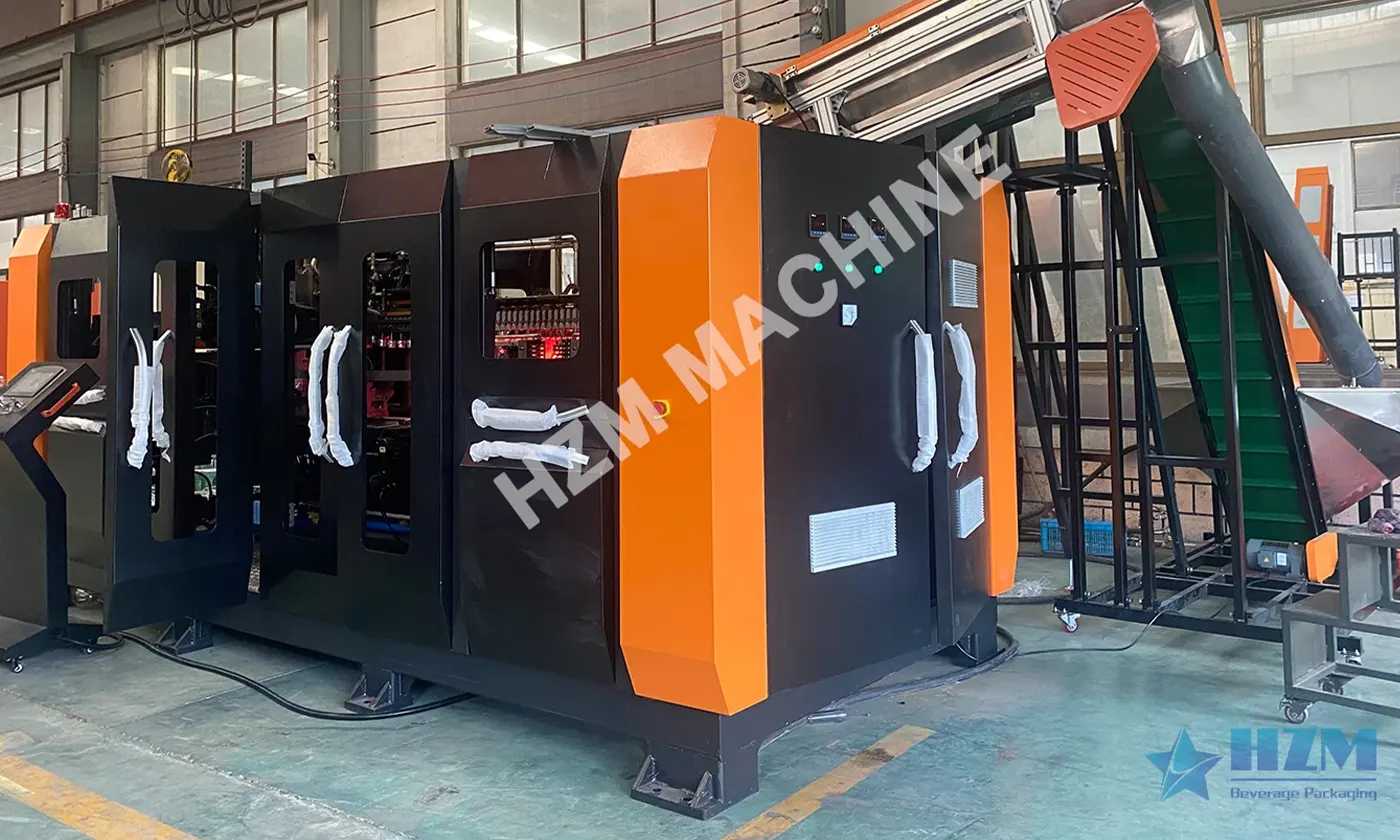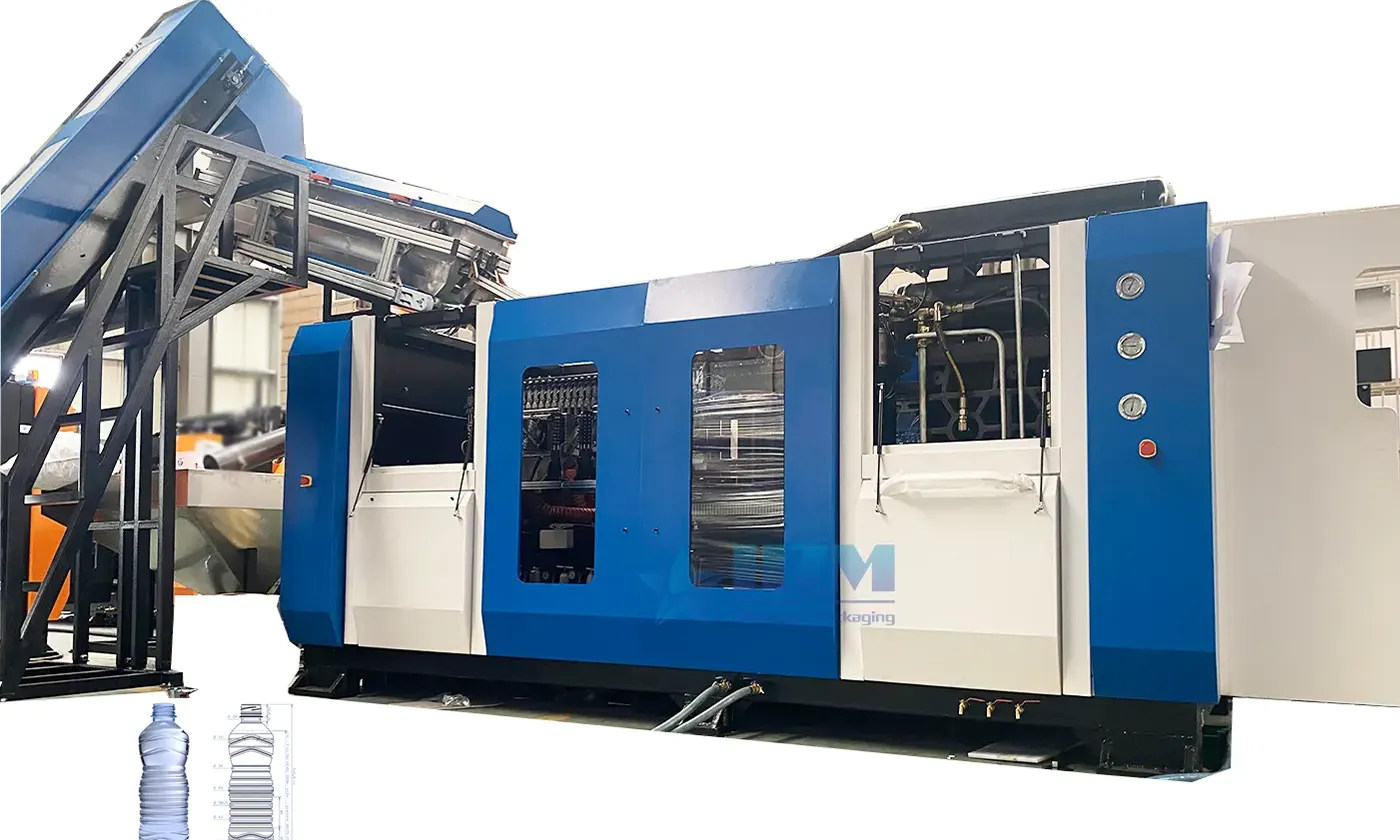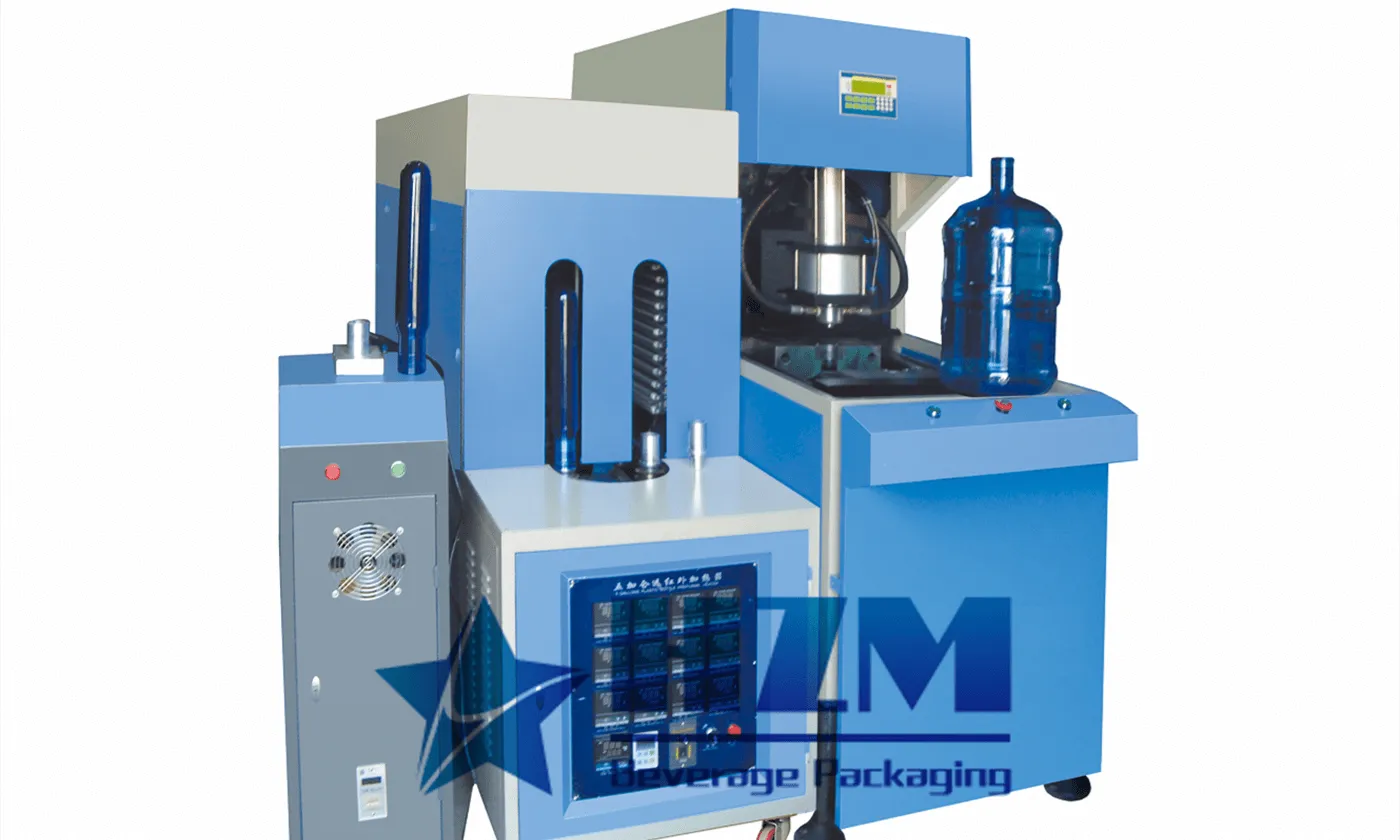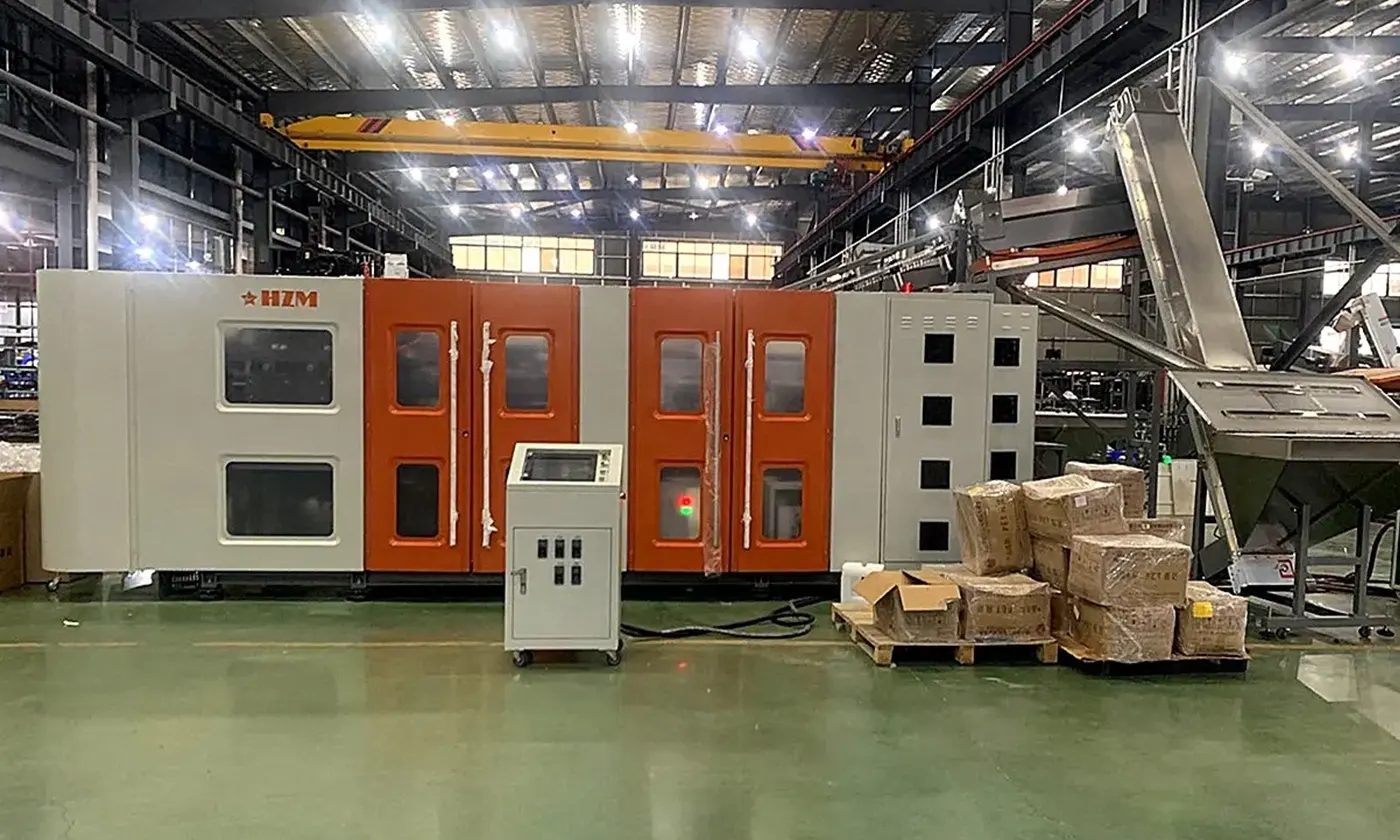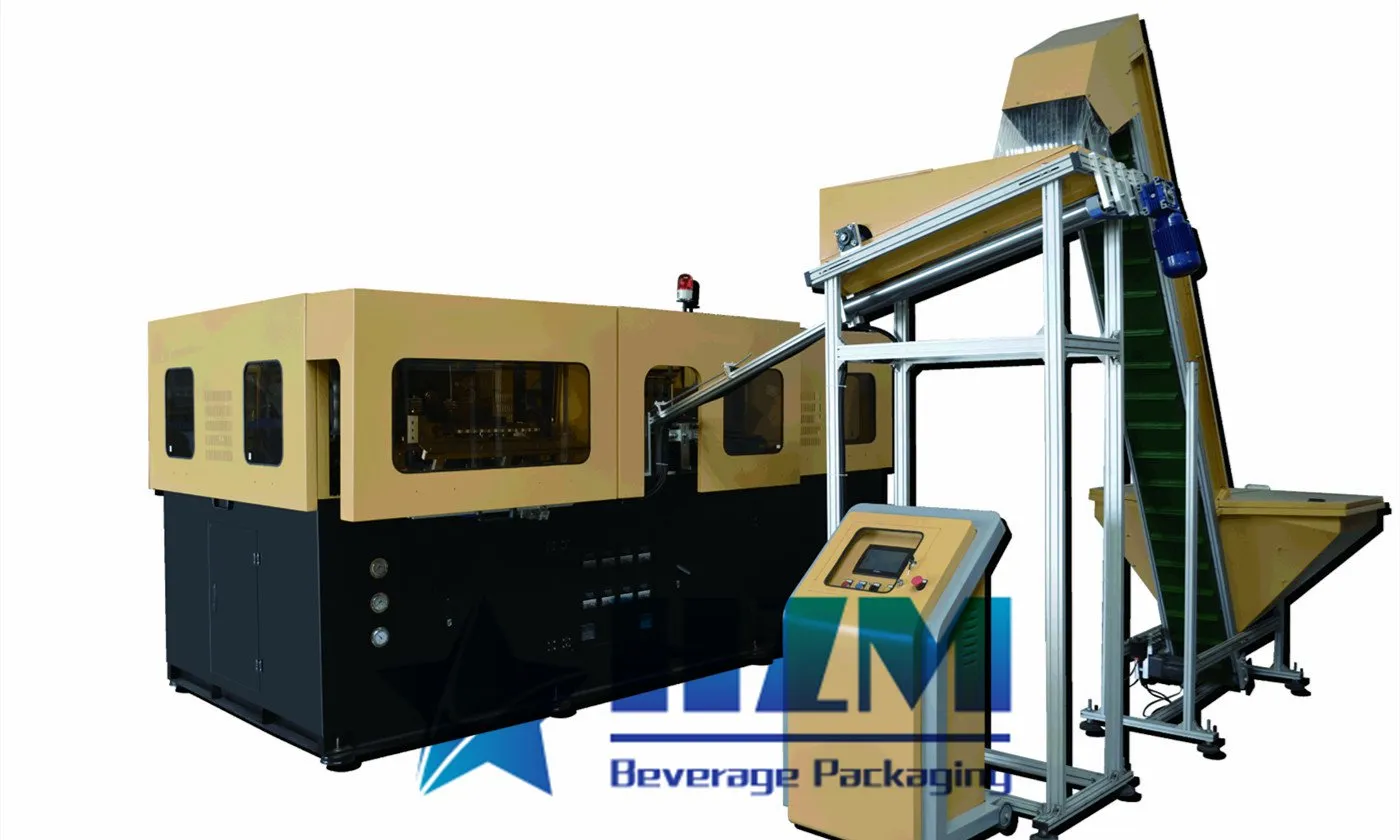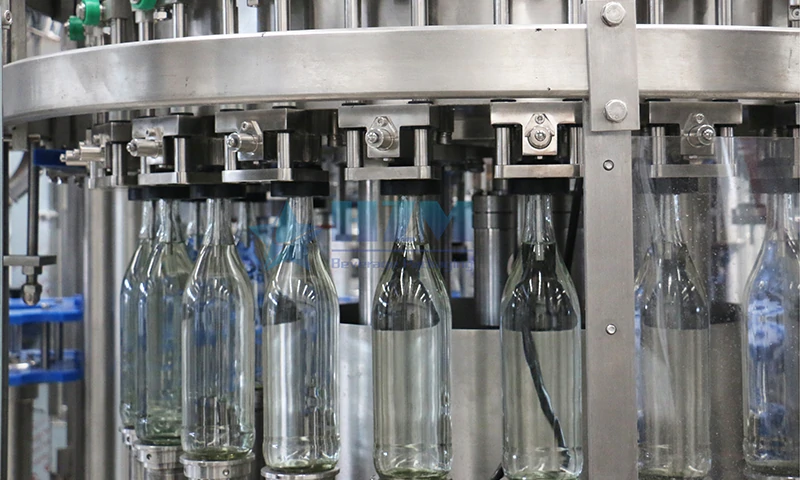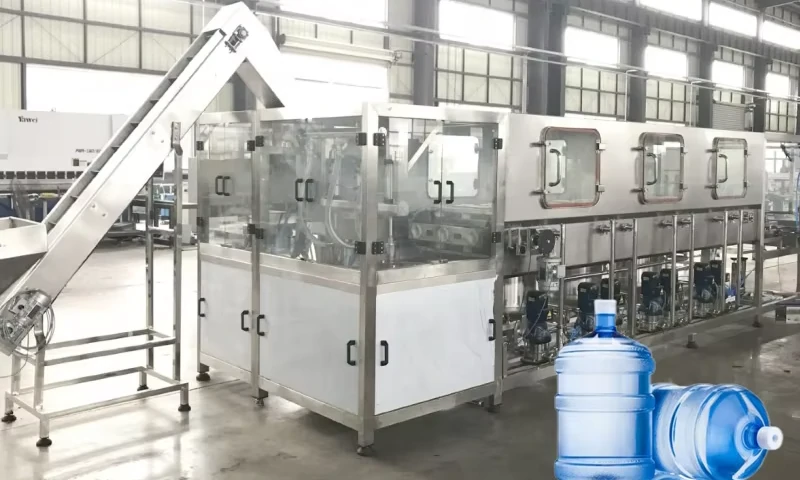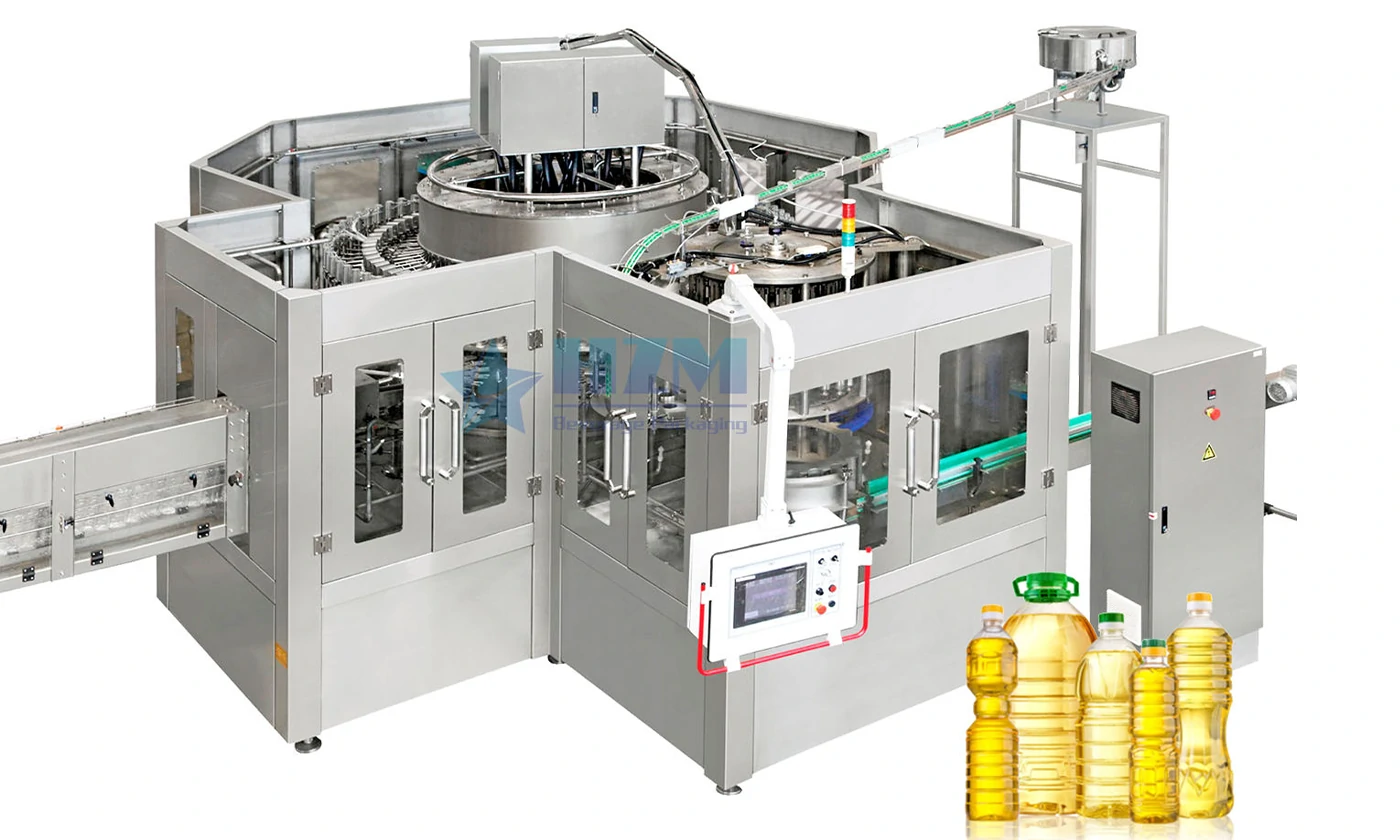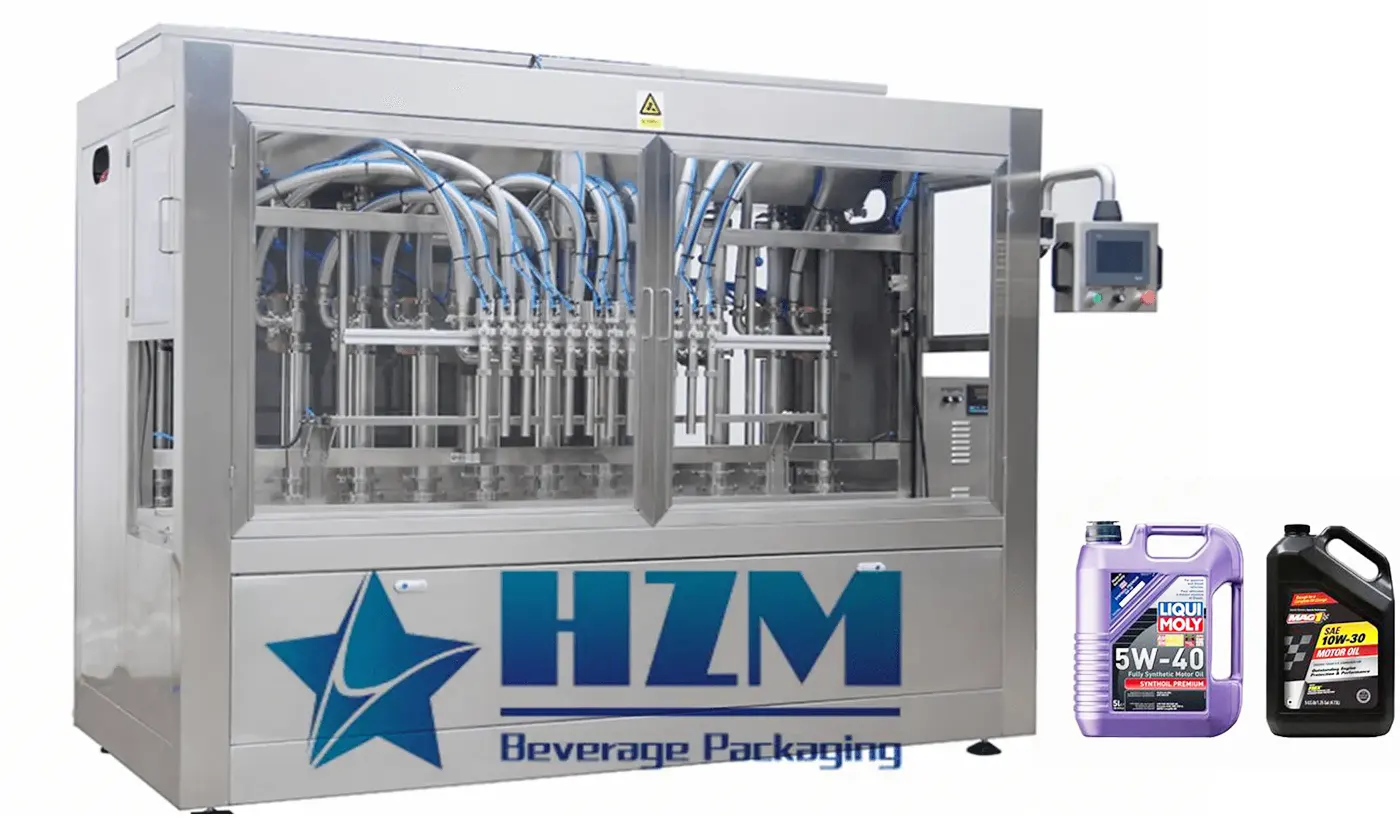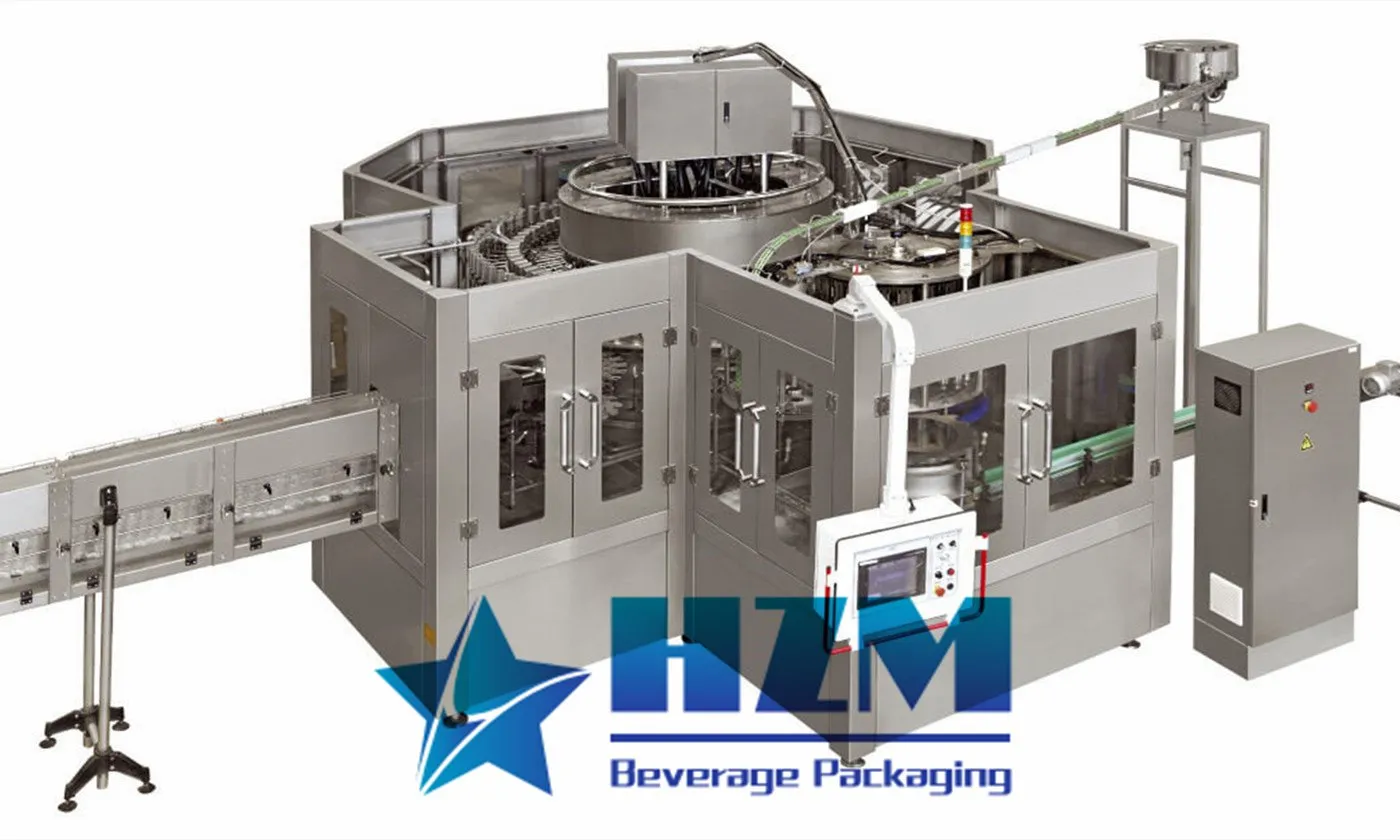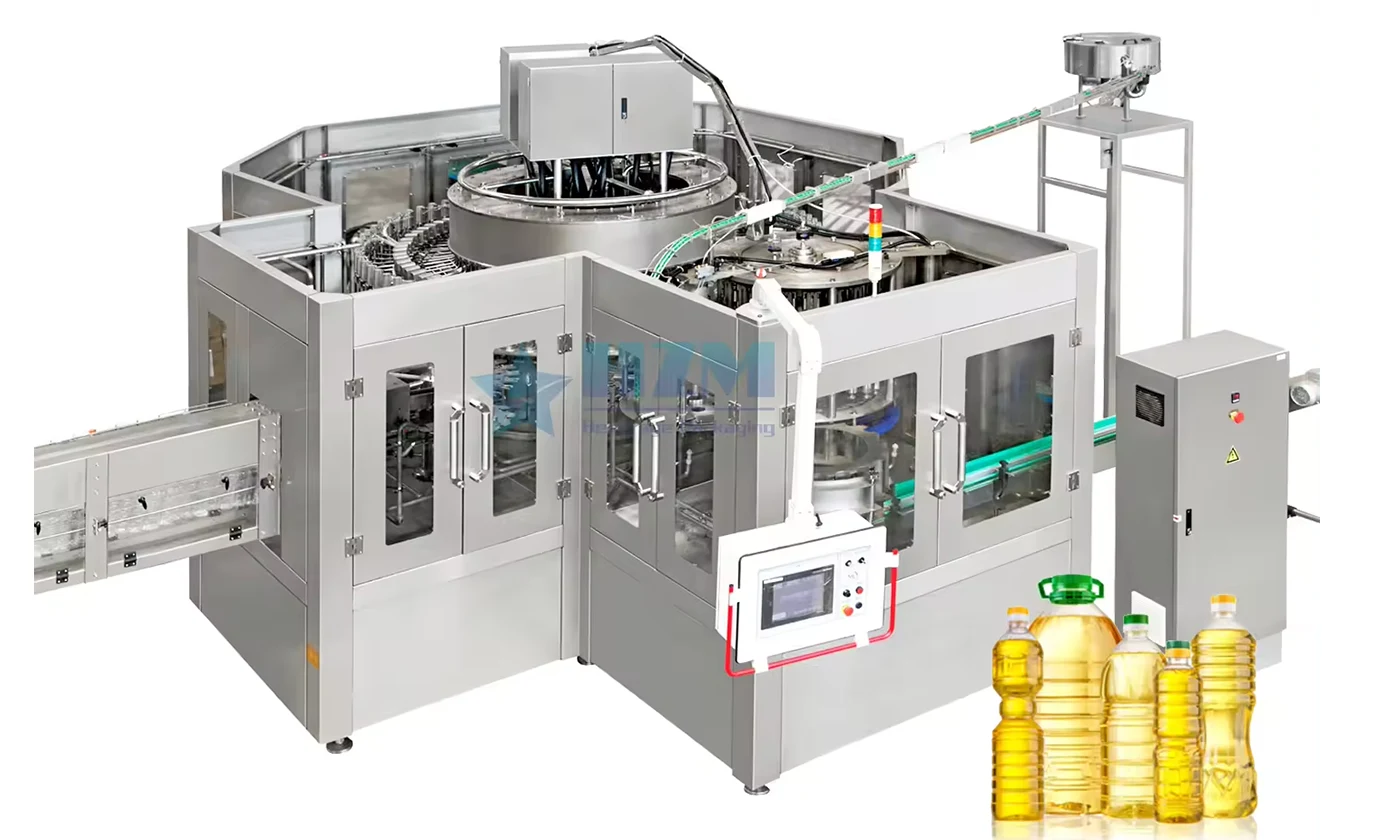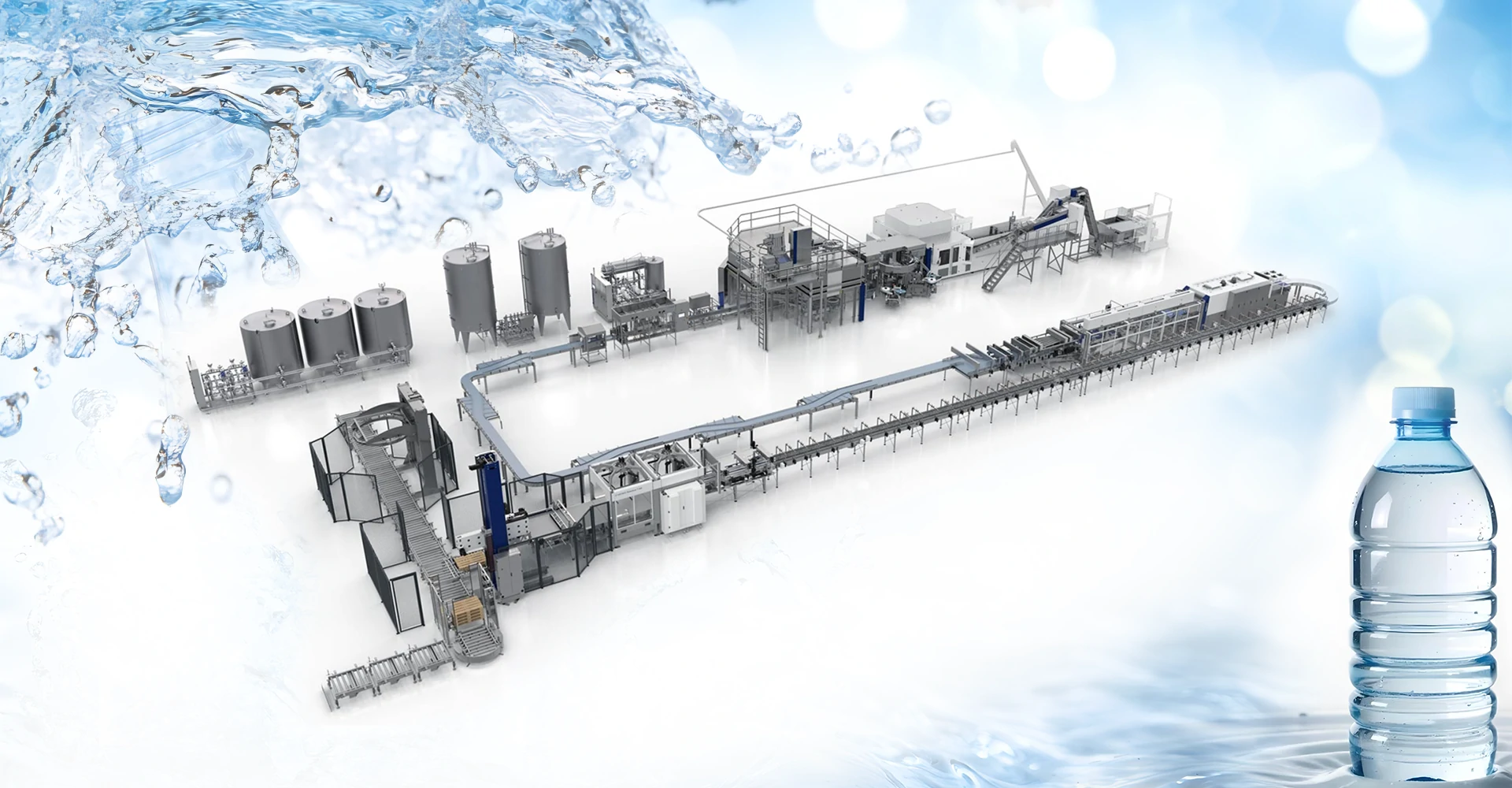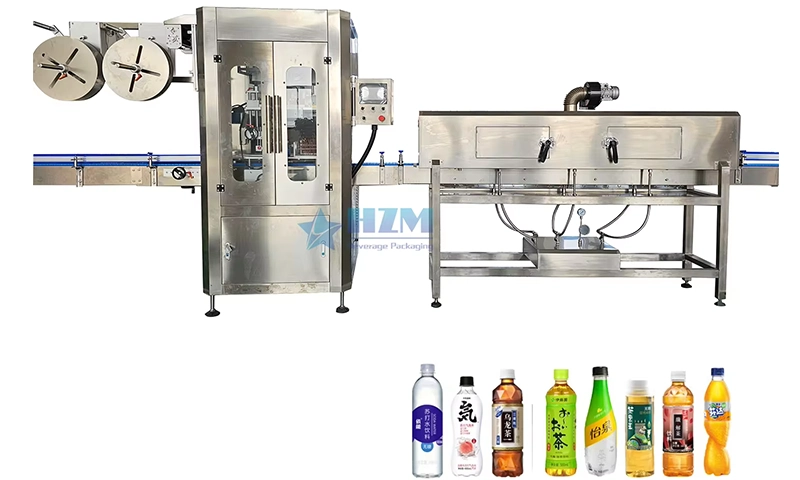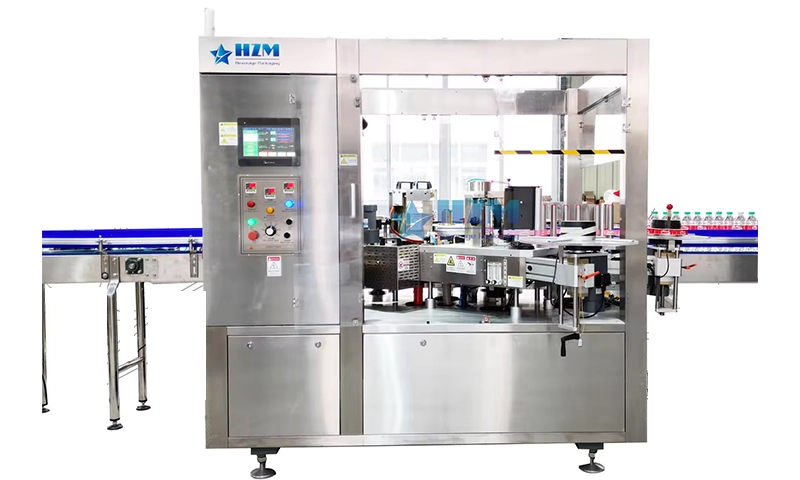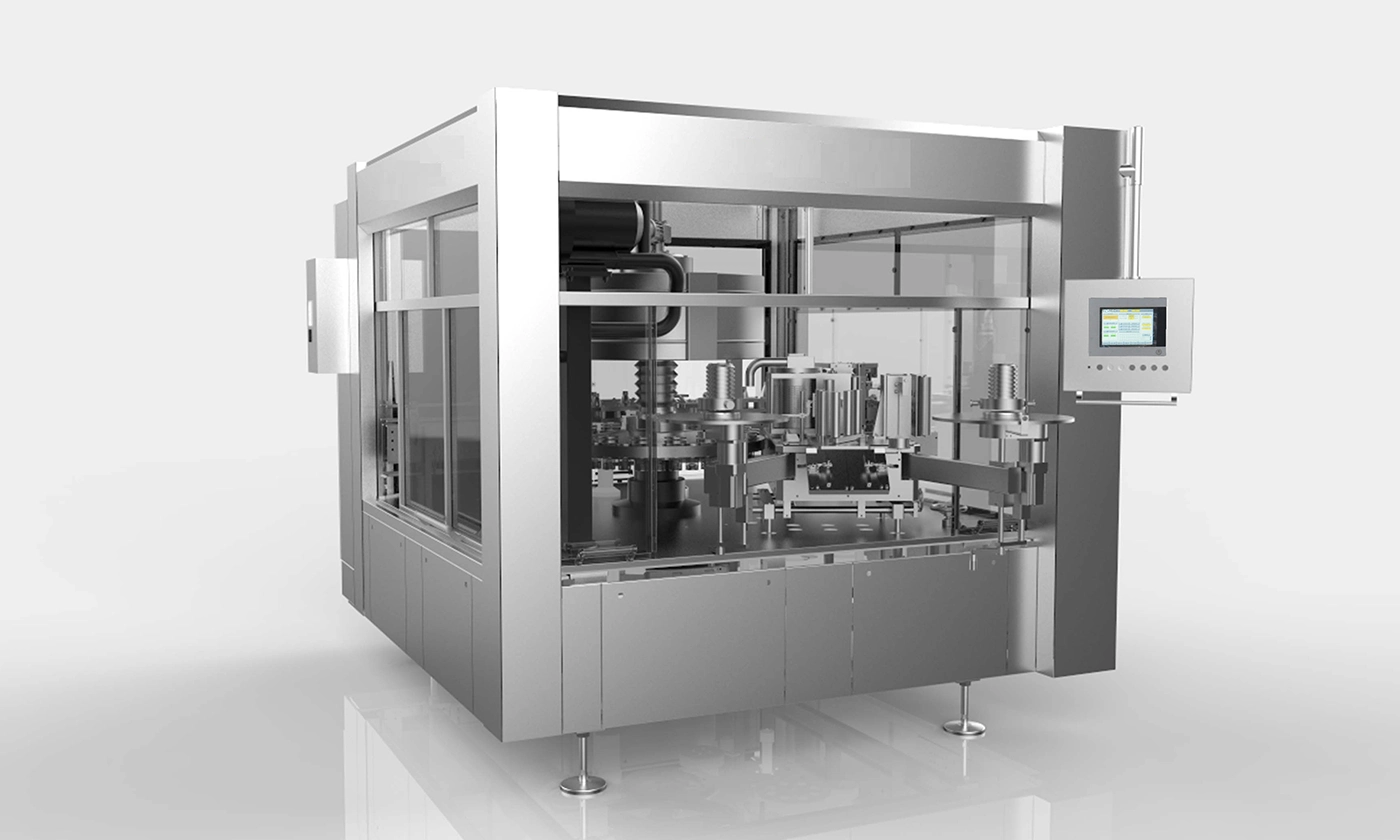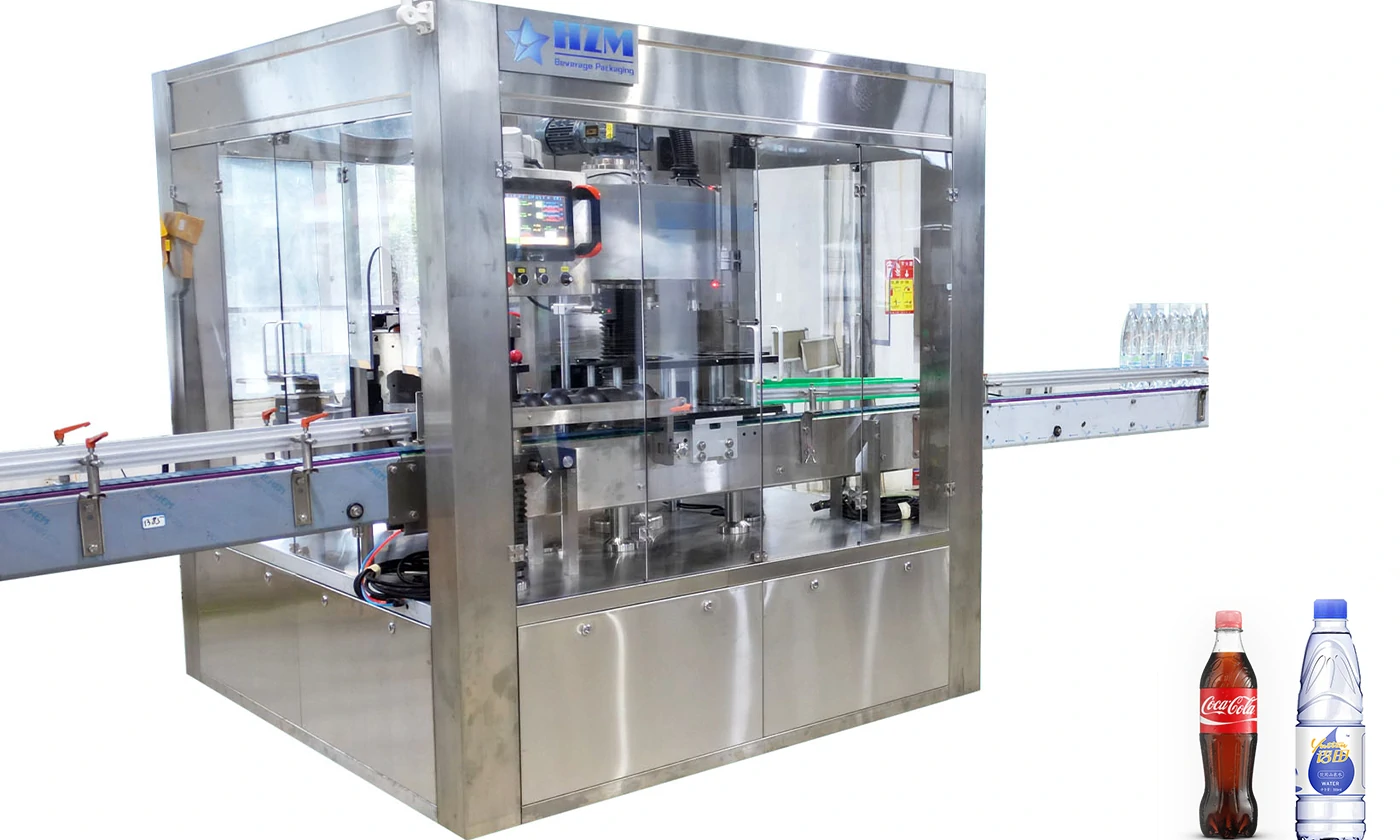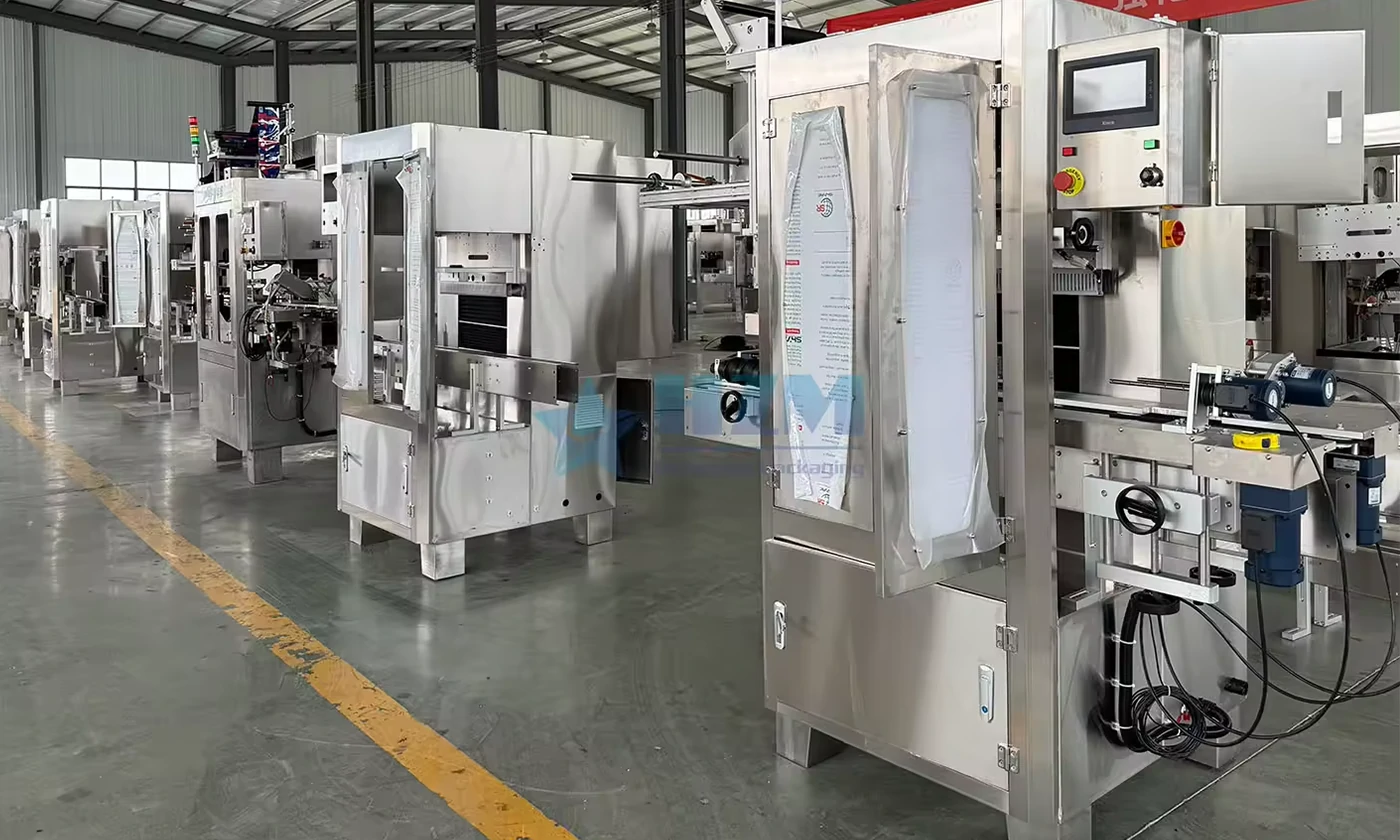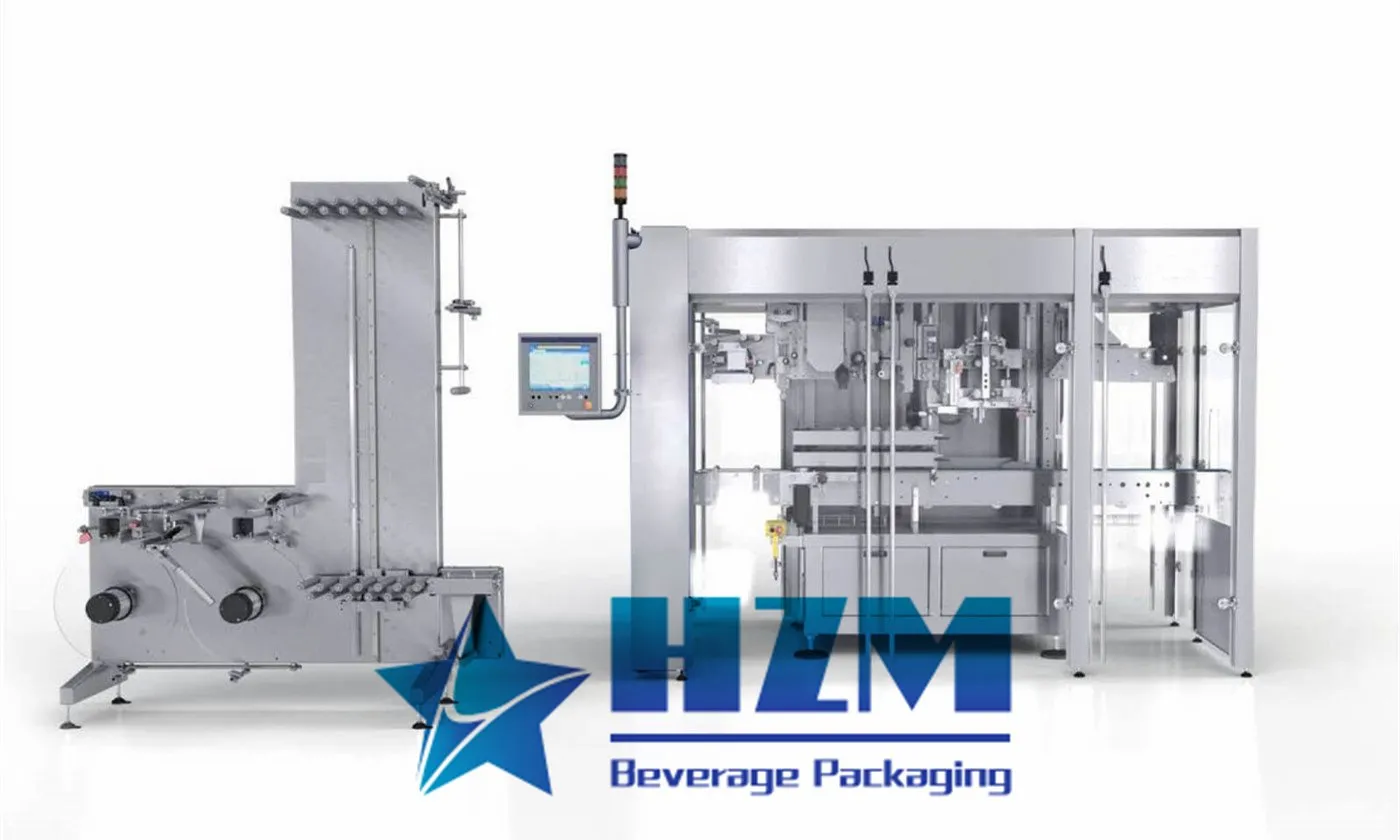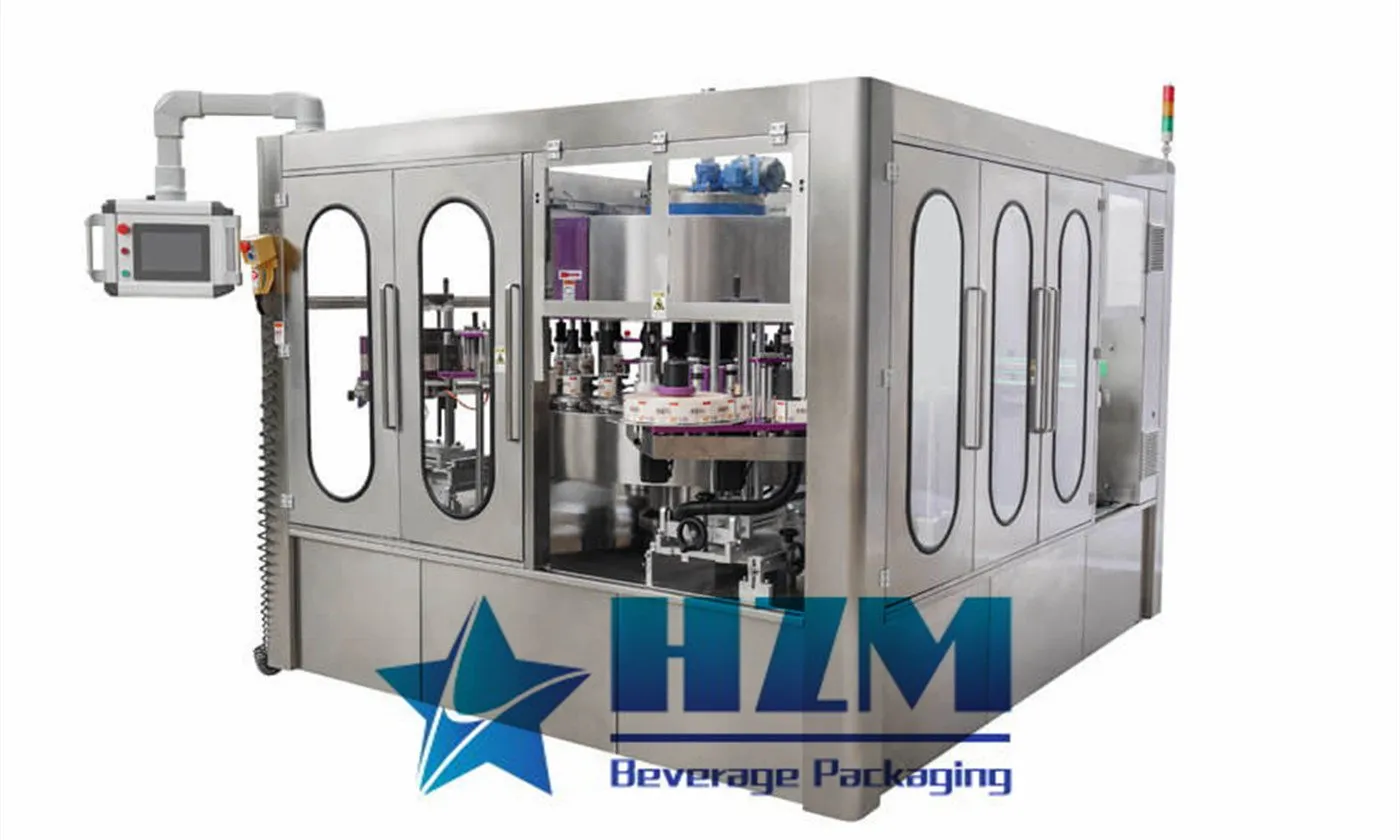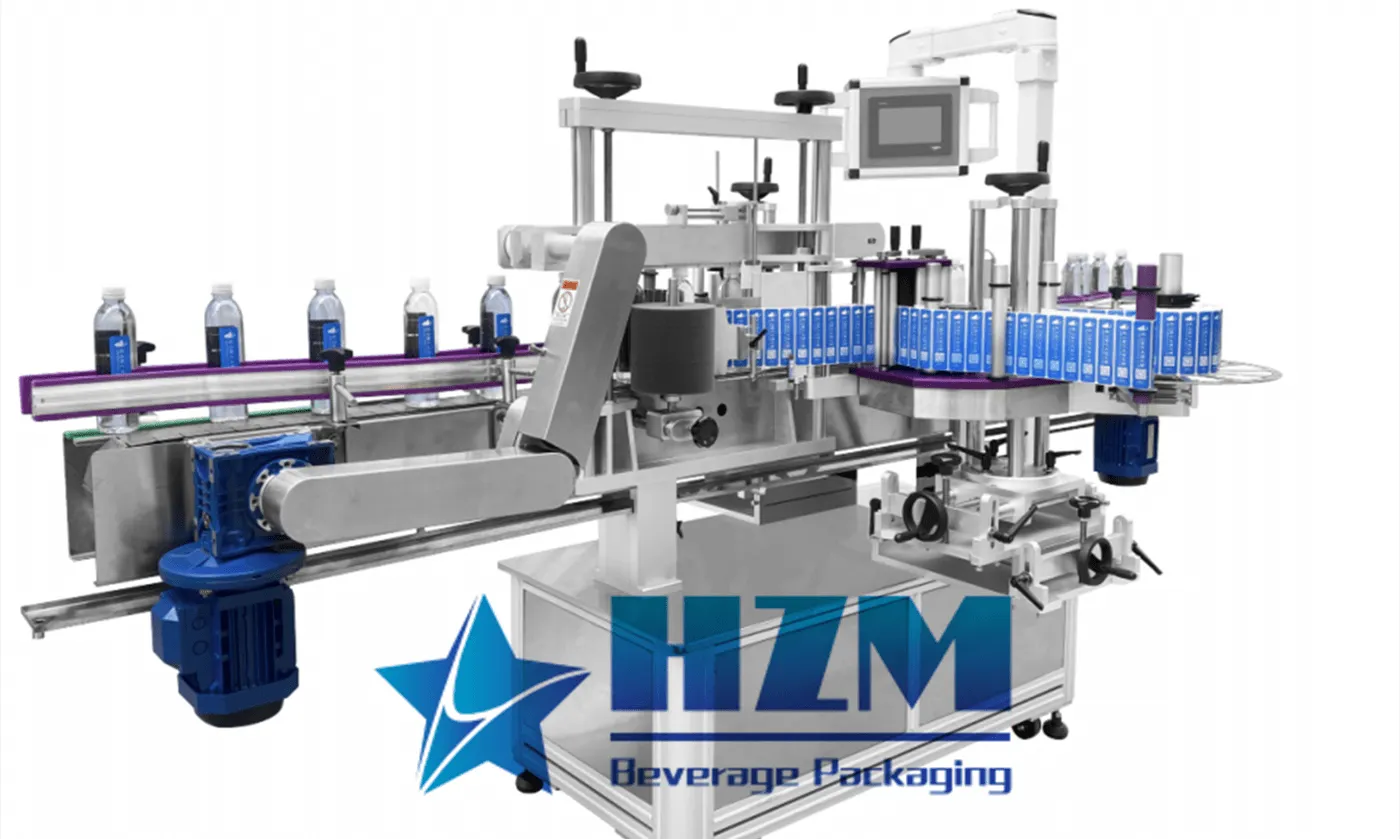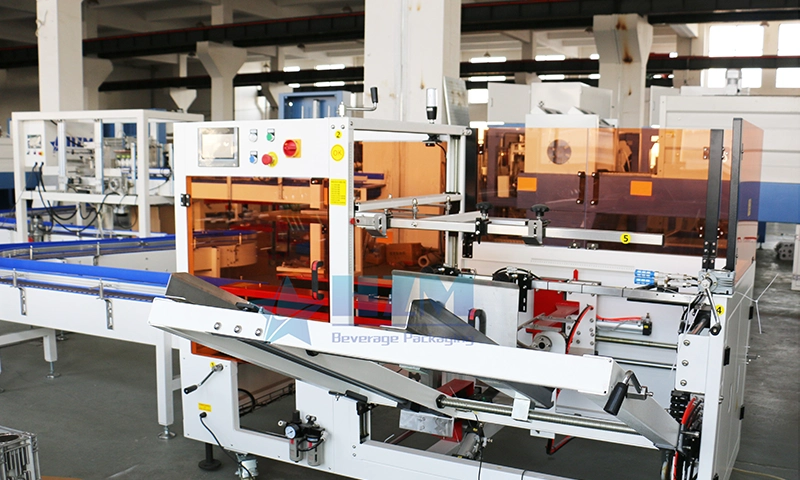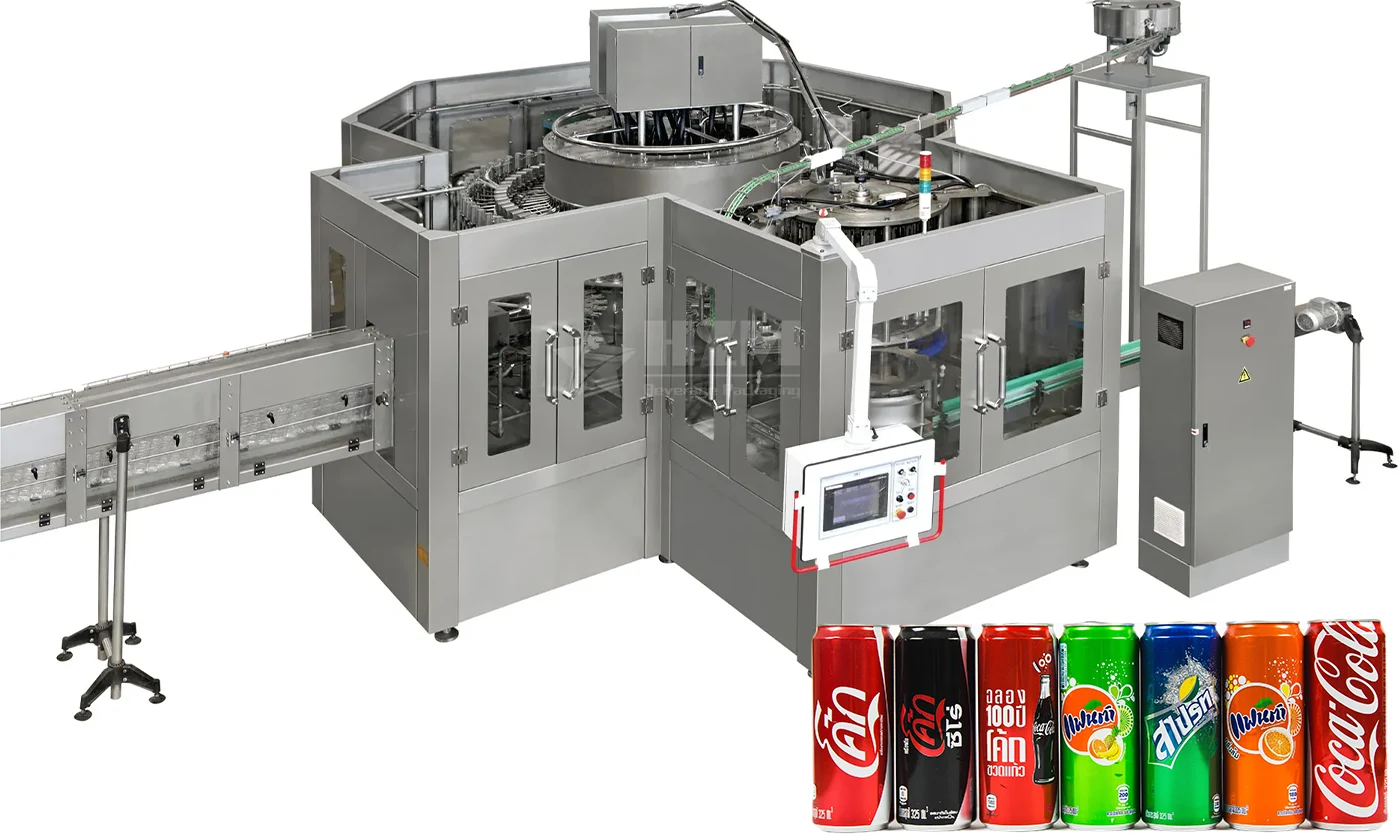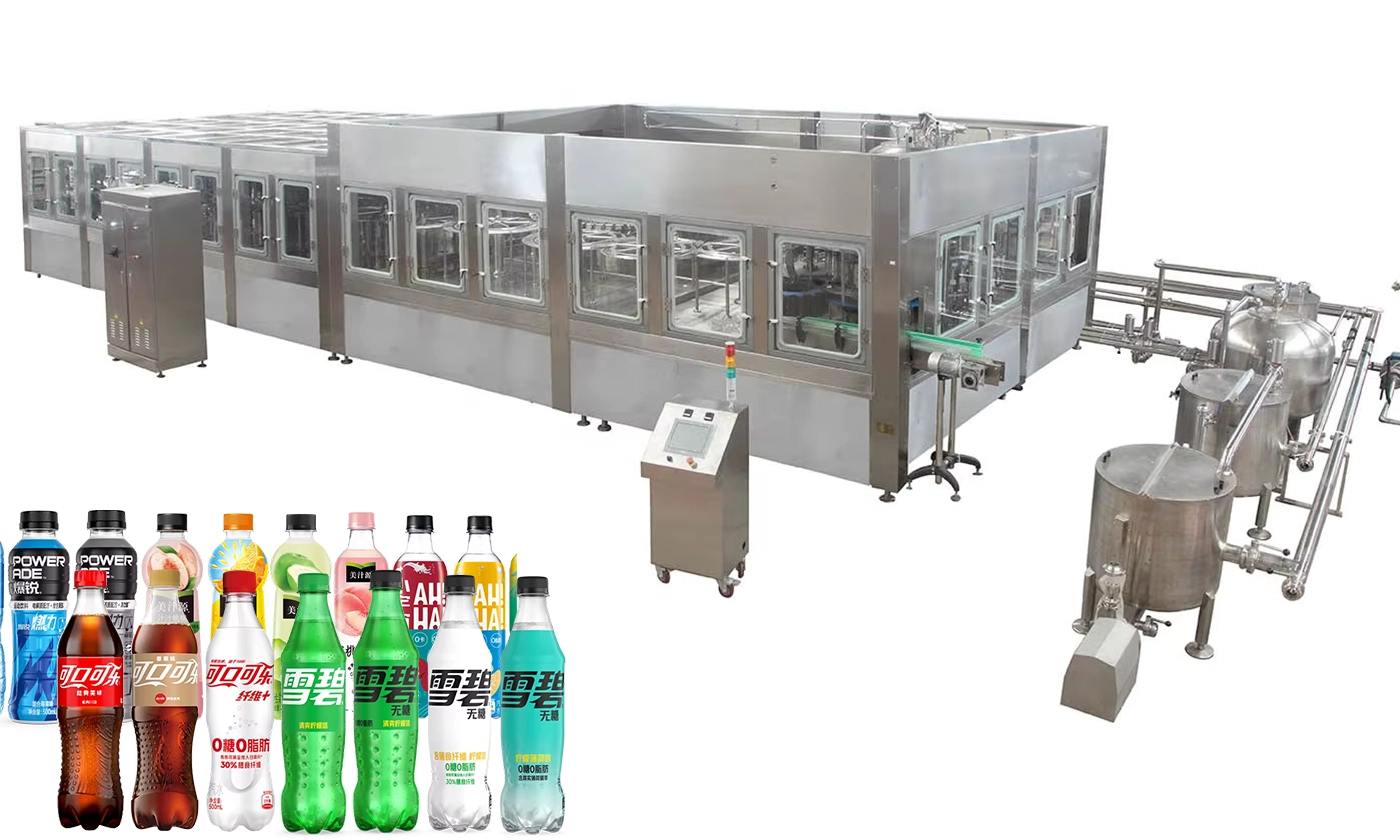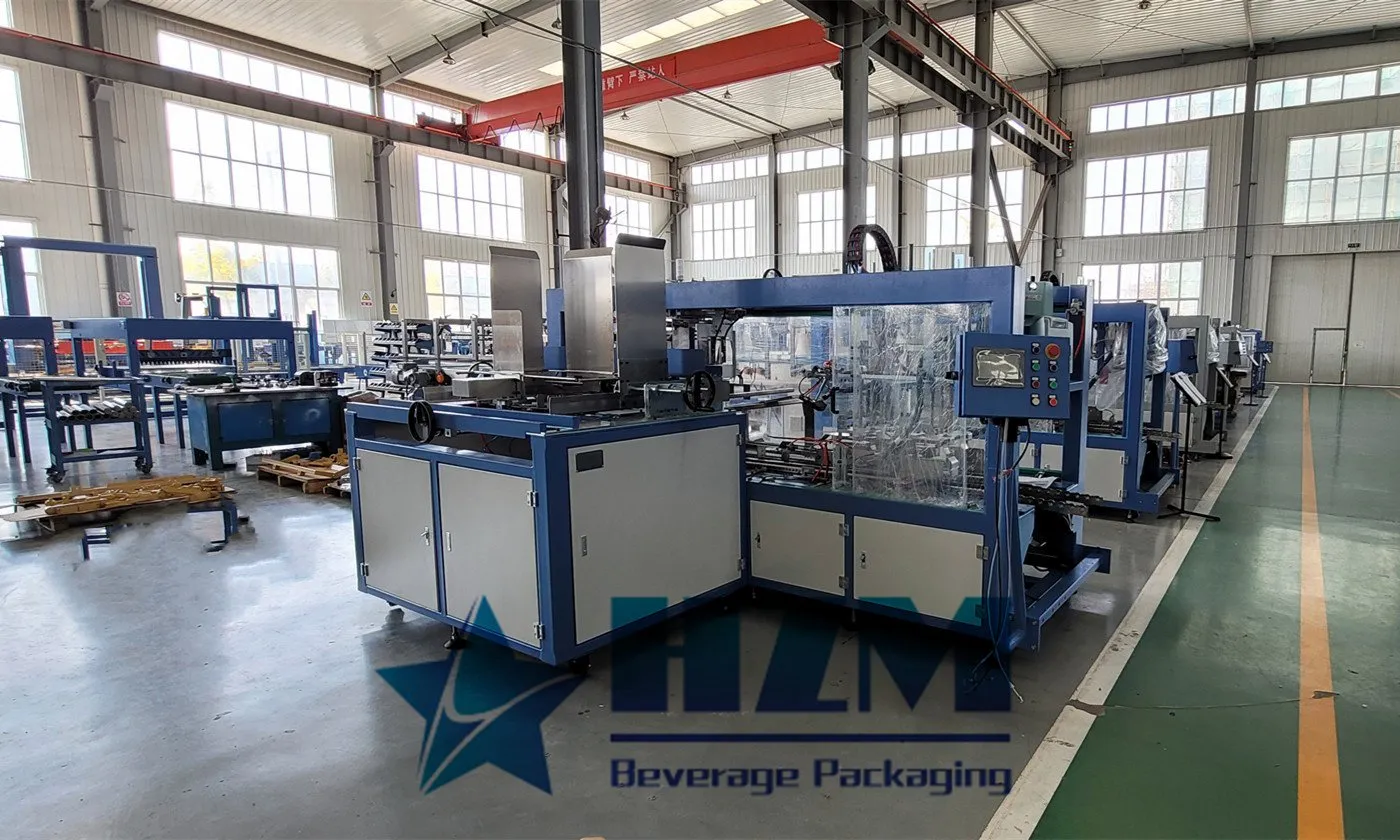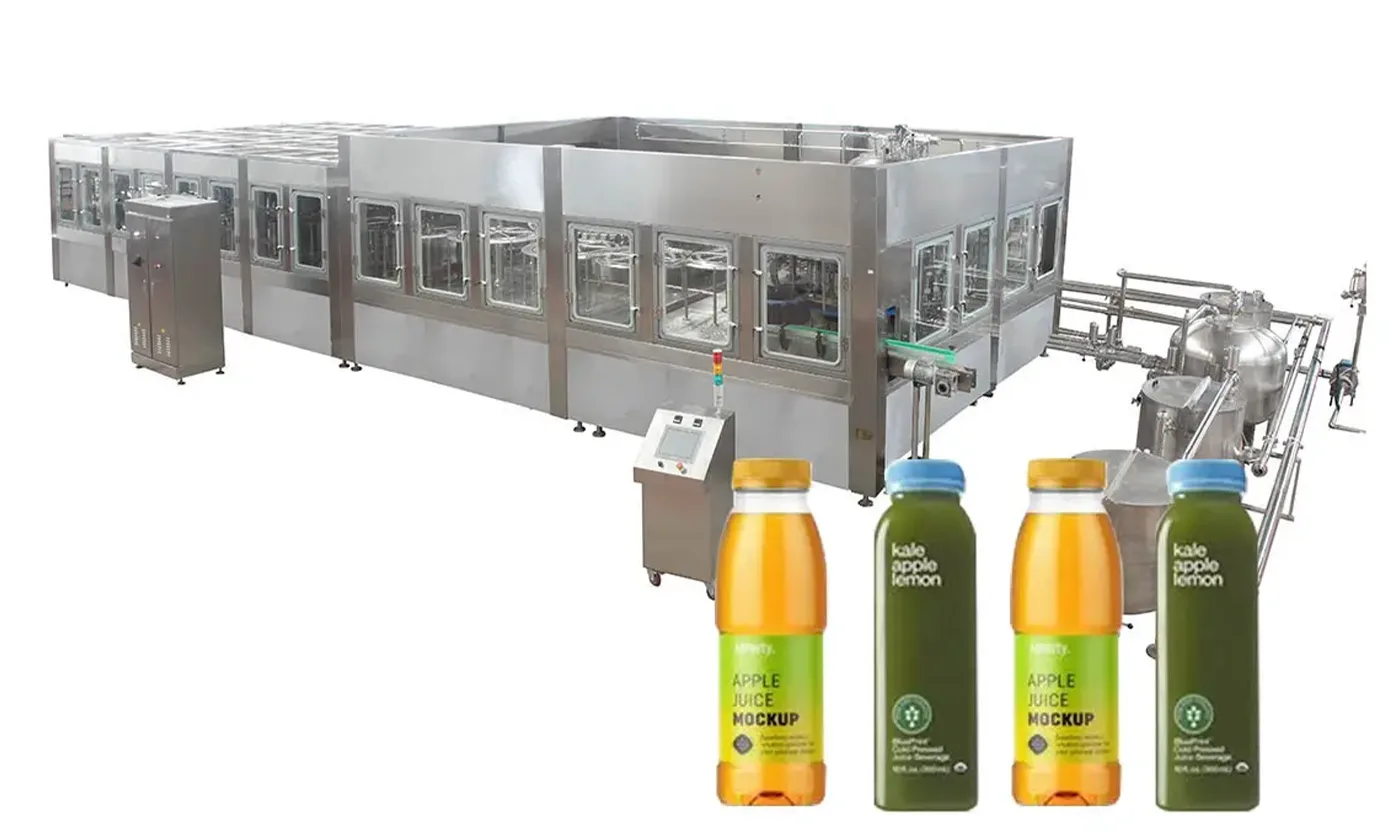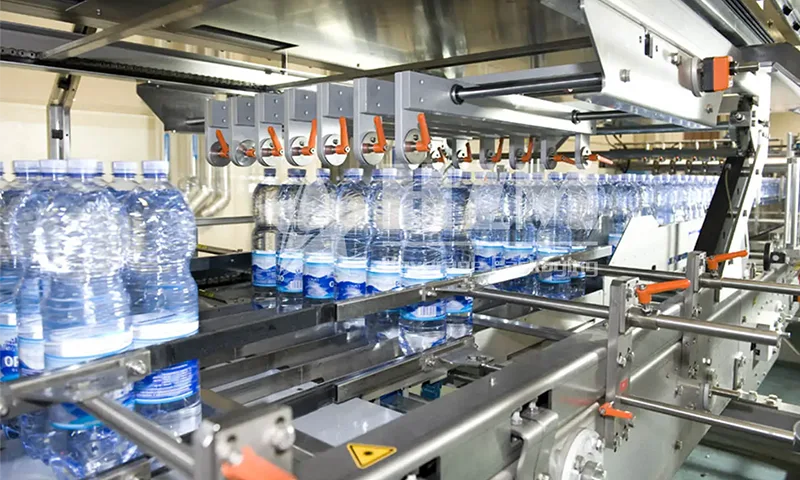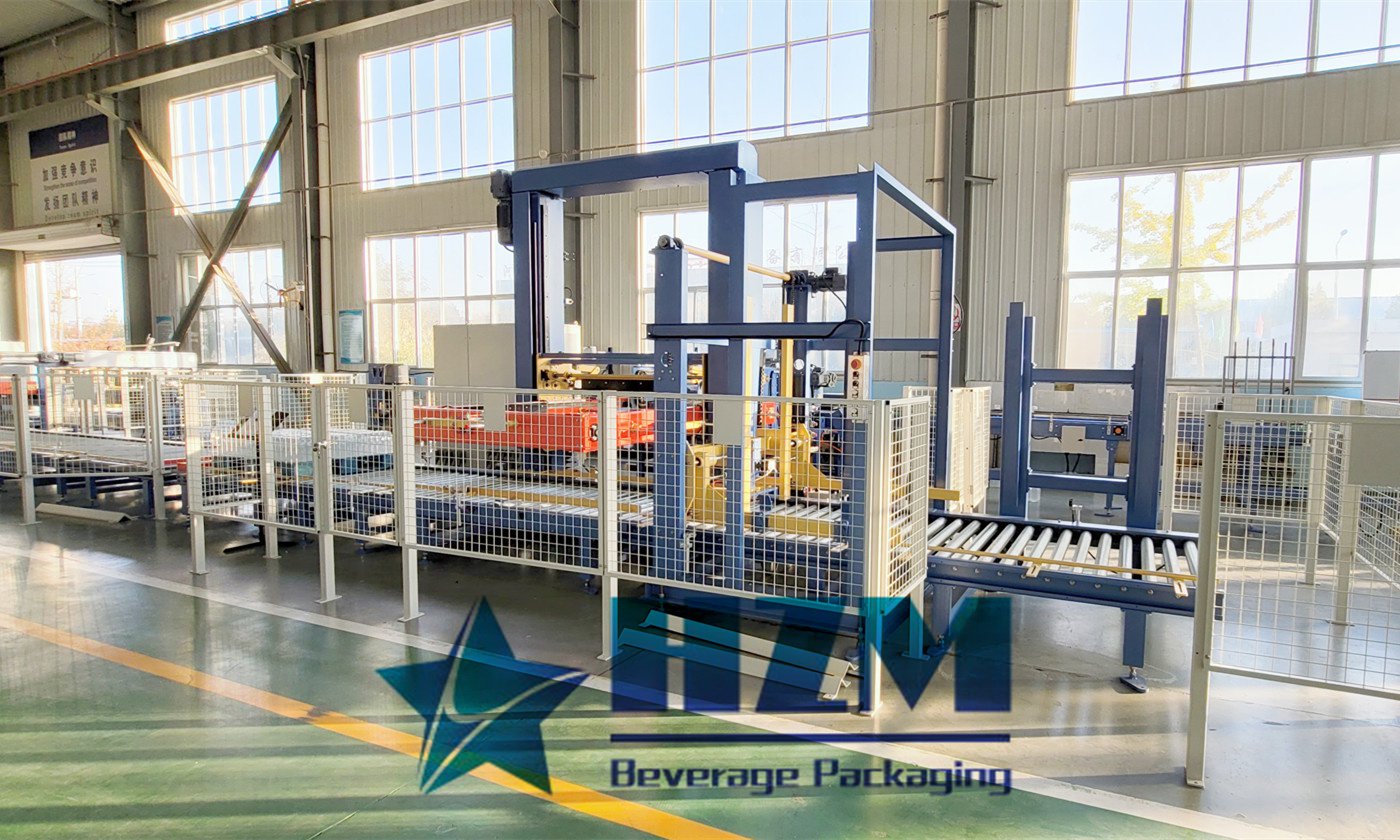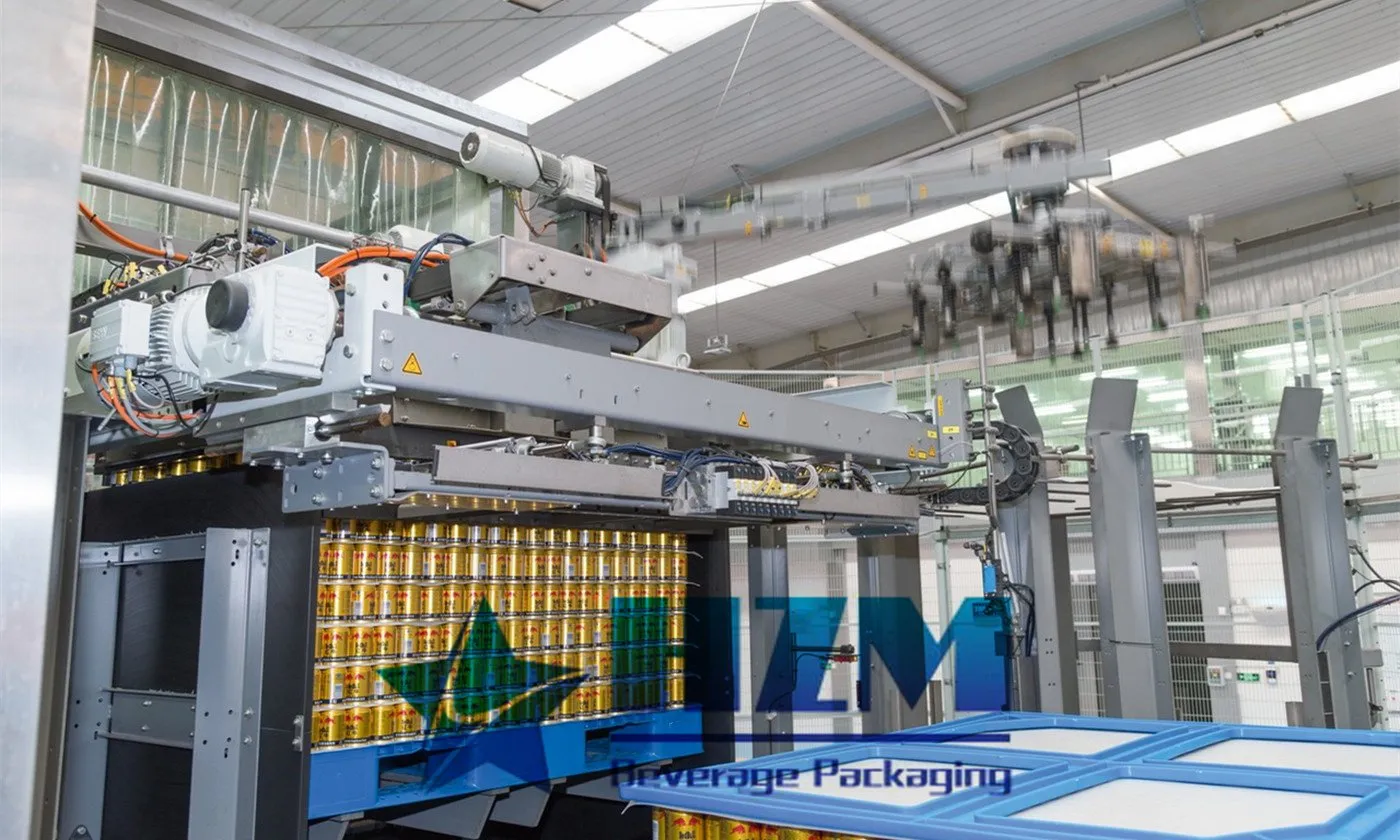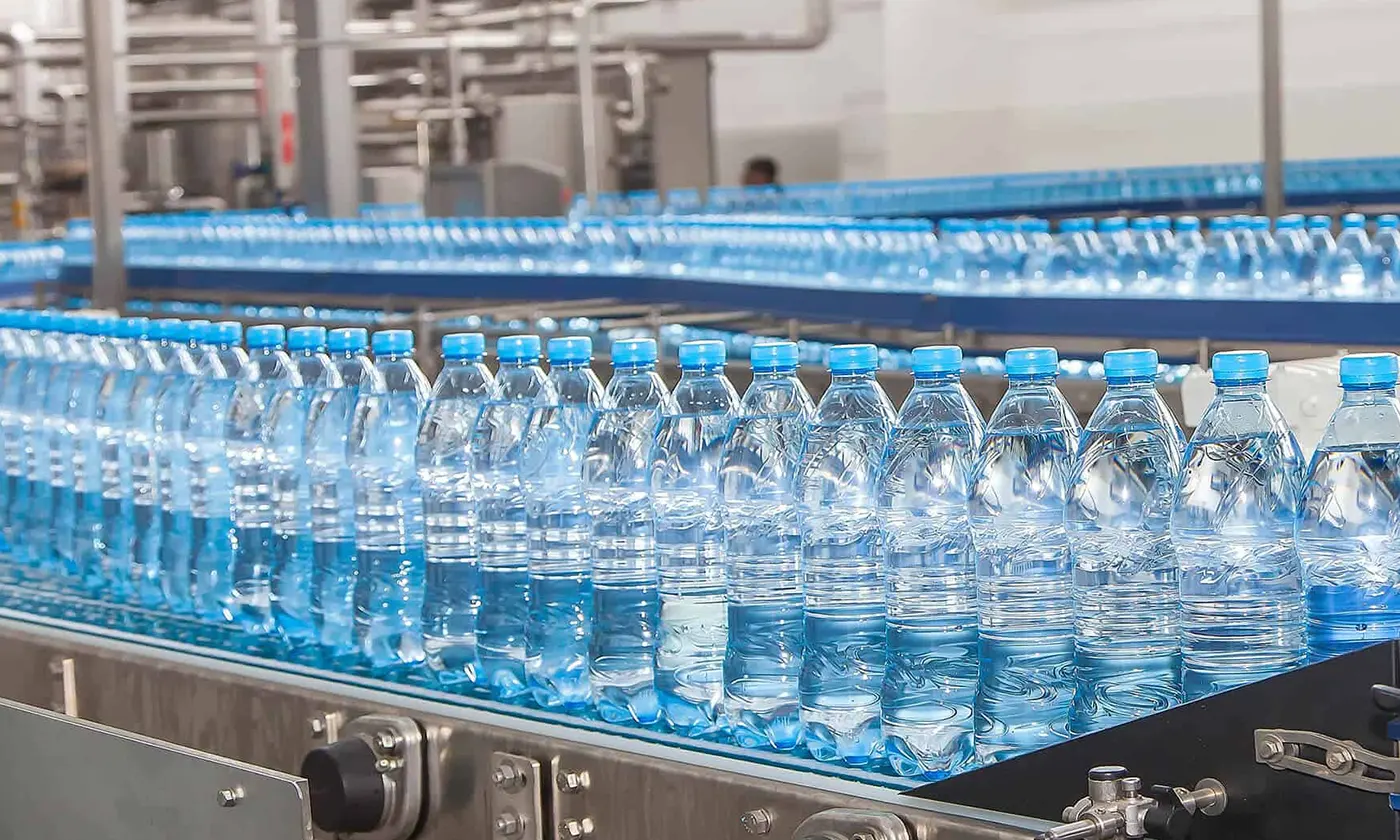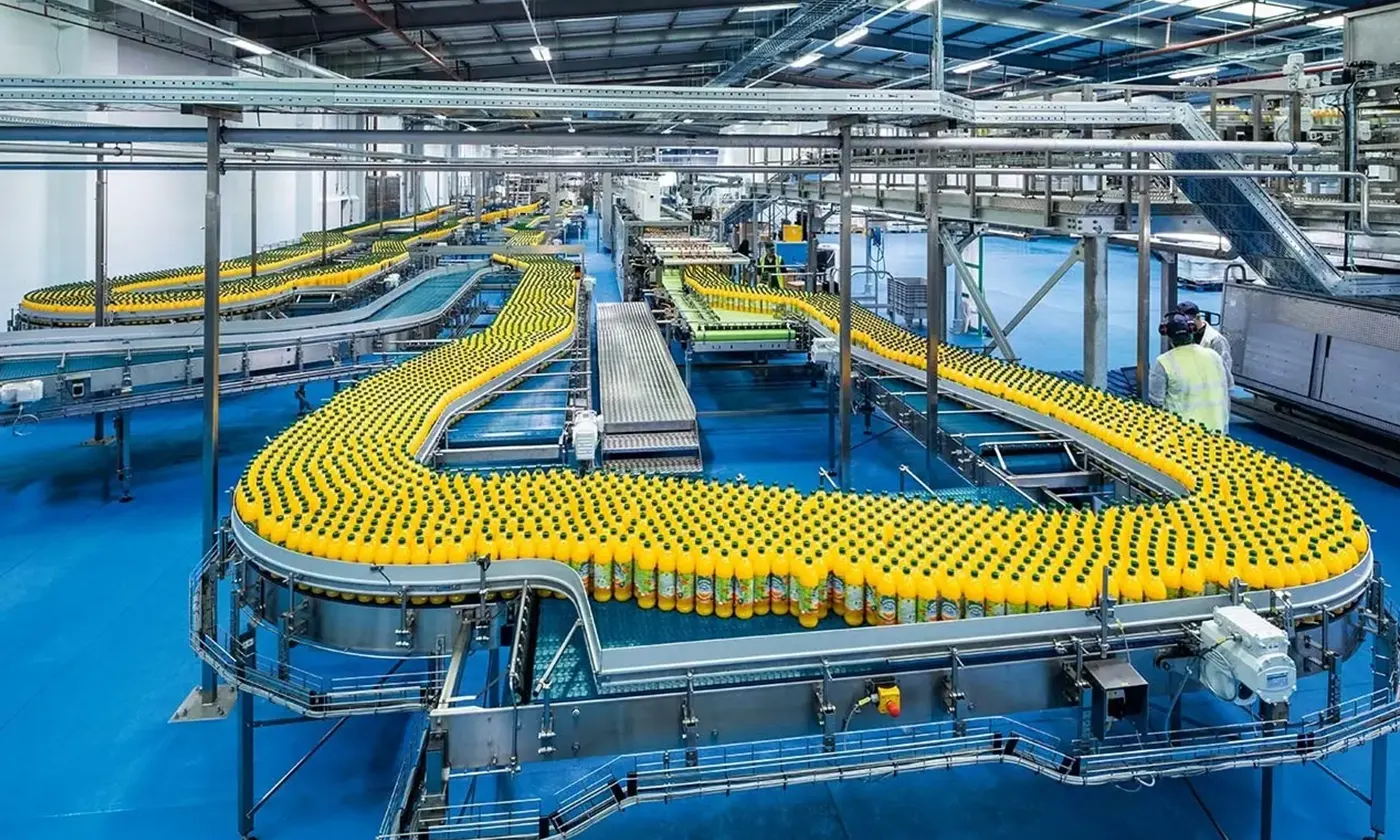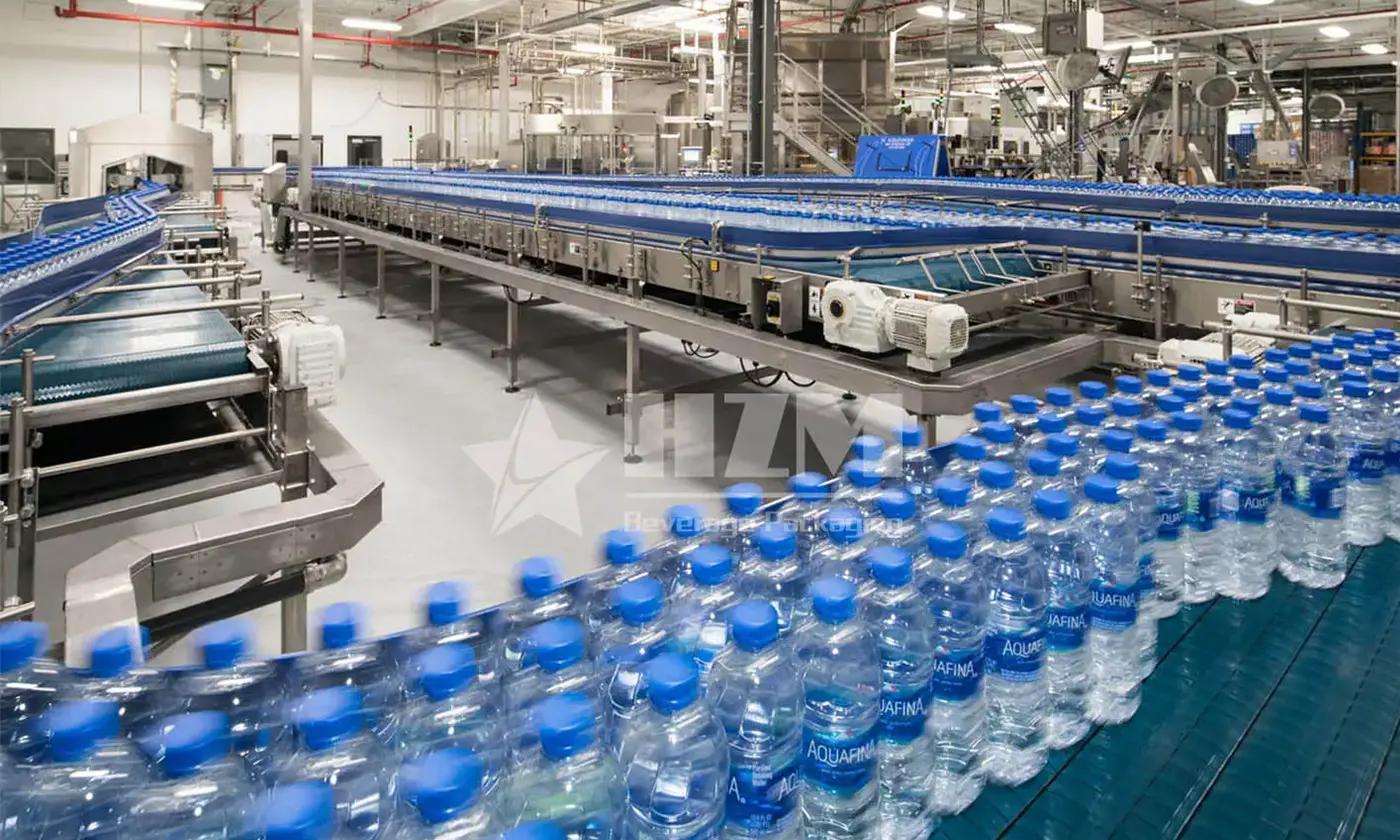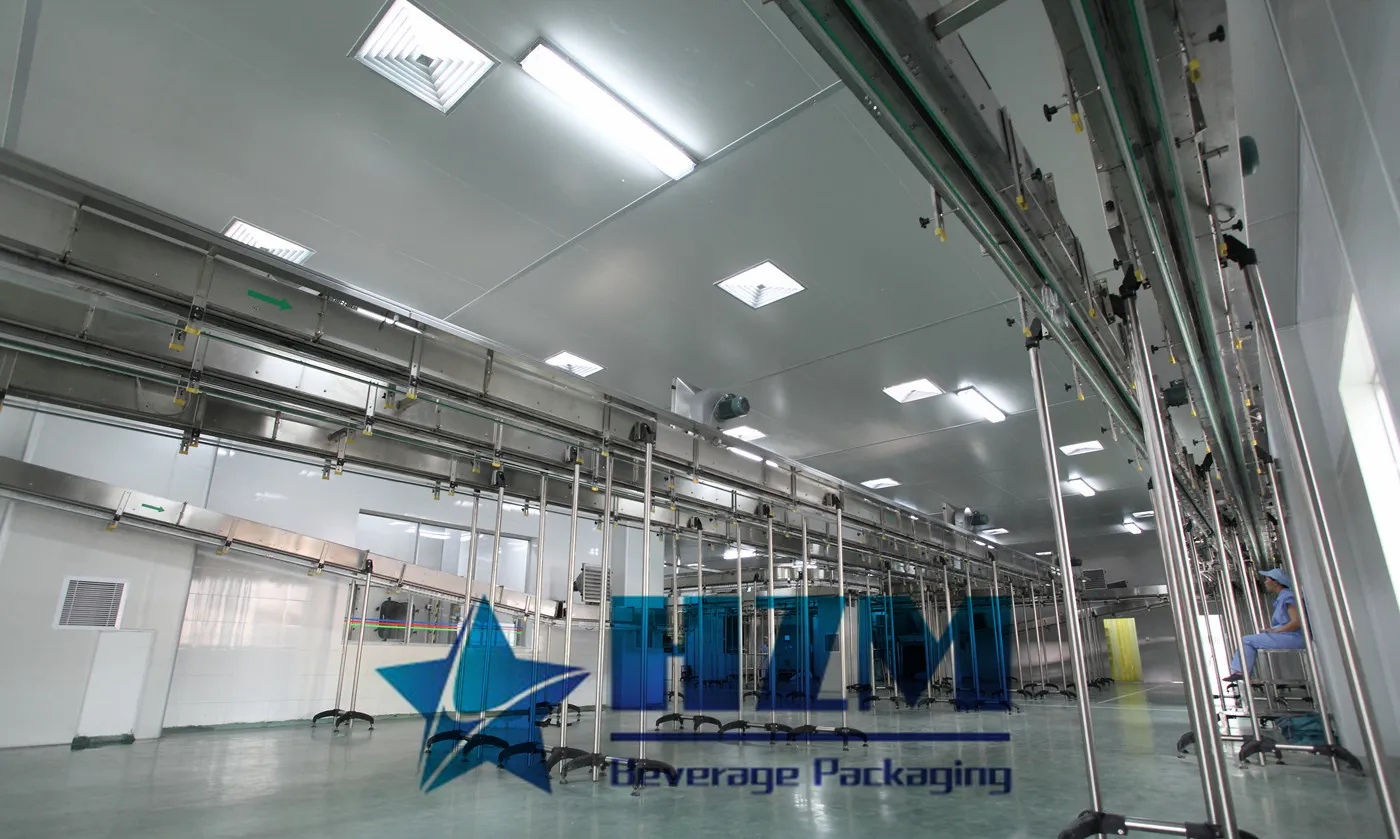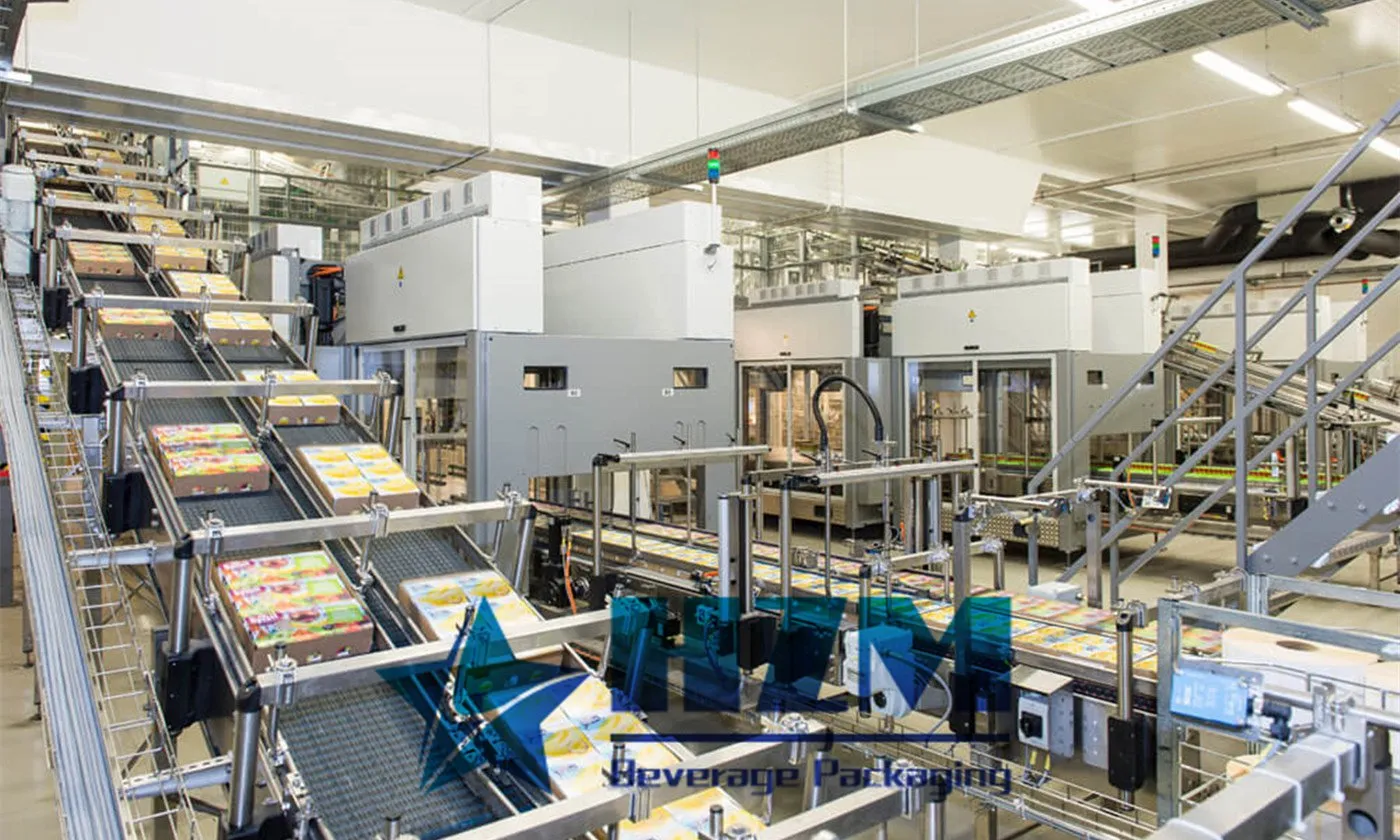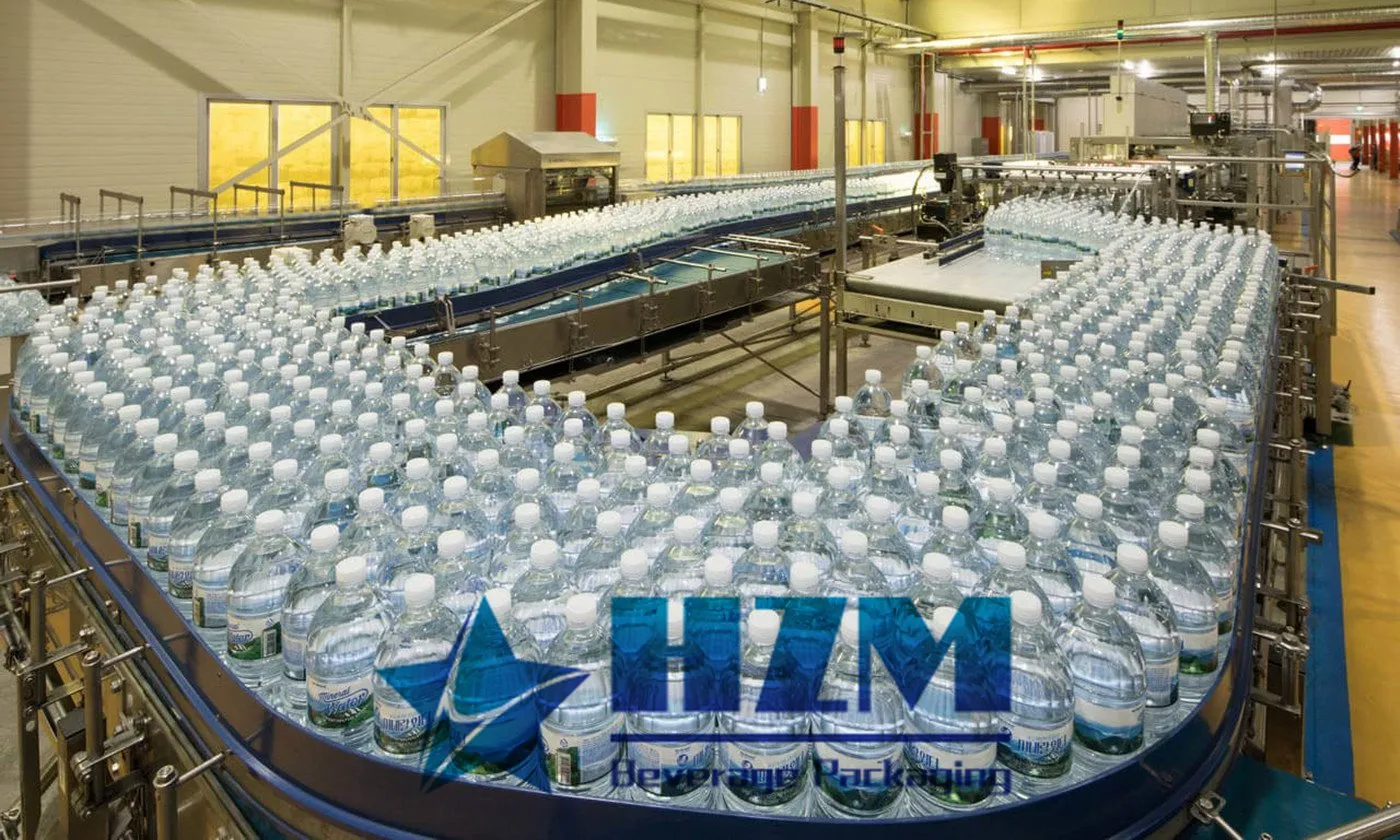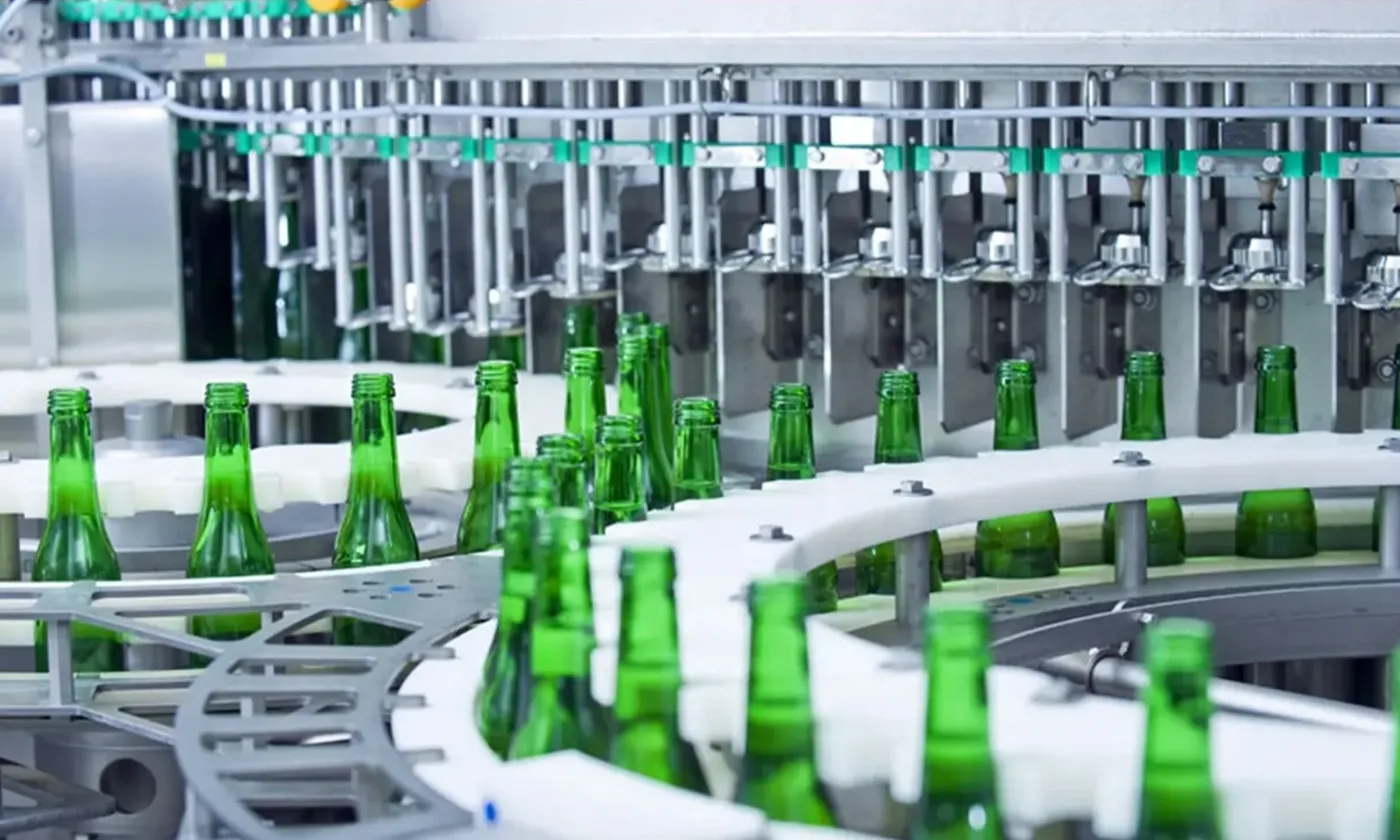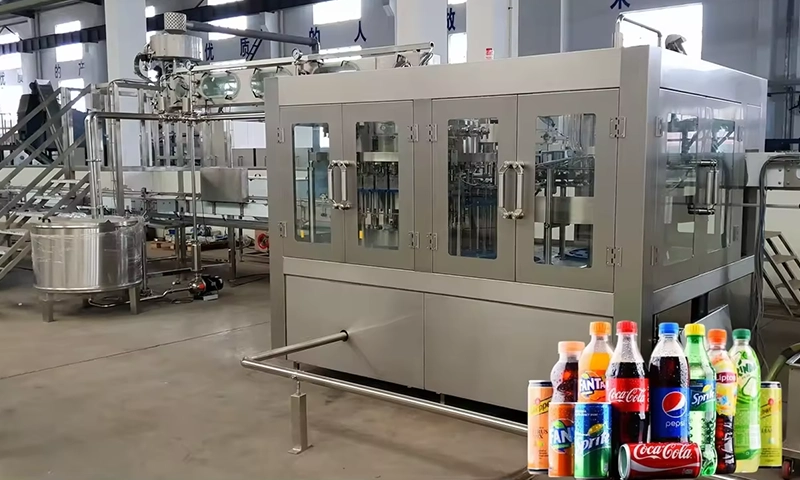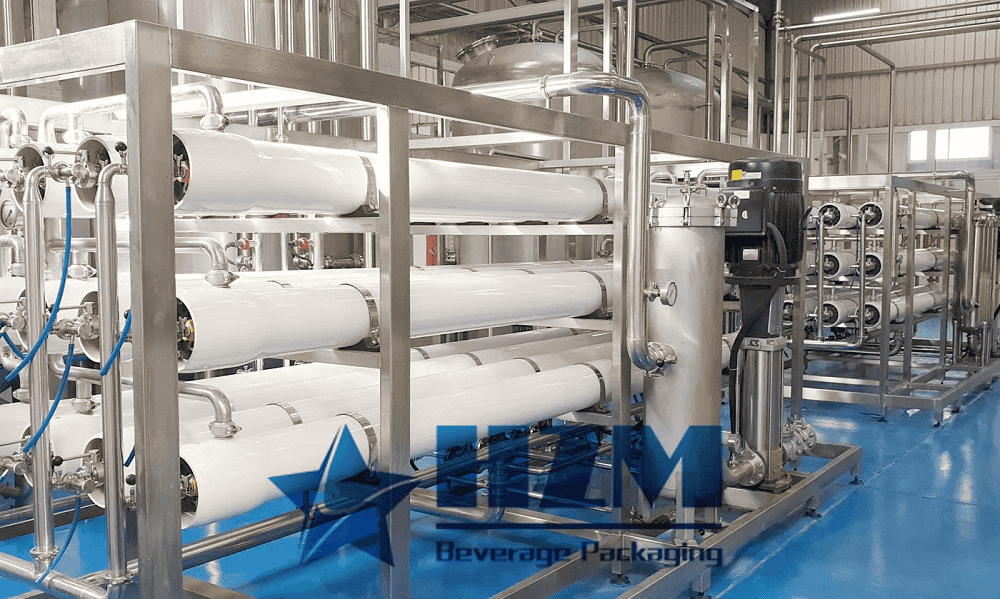
What Are The Steps Of A Water Treatment
Water treatment plants are critical for a municipality so that clean water can be supplied to the local community. The process of water purification in water plants requires specialists to ensure safe and effective operation.
The whole procedure occurs in stages and involves a combination of technical processes.
Screening
The first water treatment step is screening, which is when water from lakes, rivers or the ground passes through a screen to filter out waste as it enters a treatment facility.
Water often passes through multiple screens before proceeding through the rest of the filtration system at the water treatment plant. First, it may flow through a coarse screen, which filters out large debris like plants, trash and other solid items. After that, water may pass through a fine screen, which removes smaller solid objects in the water, like chunks of sediment.
Chemical addition
At this point, chemicals are now added to encourage smaller particles of suspended matter to clump together and form “floc”. The chemicals used to achieve this purpose are called coagulants and there are many different products available.

Coagulation
Adding these coagulating agents during these water treatment plant steps requires careful administration by qualified engineers, as measurements of the chemicals need to be precise. Quality standards also need to be met as part of the regulatory processes within water treatment plants. This includes regular maintenance of the system by qualified engineers.
Sedimentation
During the third stage of water treatment, floc gets big and heavy enough that it sinks to the bottom of the water tank, according to the CDC.
This is an important step in the treatment of water for a town’s supply because it helps further clear out any unwelcome debris.
Filtration
With the larger particles taken out of the water, it must now be filtered through a variety of media such as sand, gravel or granular activated carbon to remove the smaller unwanted particles which still persist.
Disinfection
Once clarified water leaves the sedimentation basins in the treatment plant, chlorine is added during the disinfection water treatment stage. After the chlorine wastewater treatment occurs, ammonia follows which forms chloramine. This chloramine disinfected water passes through a further set of basins to complete the disinfection process.
Storage
The water is now essentially ready for public consumption, but must be stored until demand for it surfaces. It is most commonly stored in underground or overground tanks. As well as drinking water, there must also be a stored supply of water for emergencies such as fires.
Distribution
The water is finally sent to homes and businesses around the country via a sophisticated system of pumps, tanks, pipelines, hydrants, valves and meters.
Purchase high-quality water treatment system from us
HZM is a professional supplier of water treatment system. We are dedicated ourselves to this industry for many years. If you are in need of any water treatment system for your plant, kindly feel free to contact us today!
TAG:
-
![Core Selling Points of Glass Bottle CSD Filling & Capping Line]()
Core Selling Points of Glass Bottle CSD Filling & Capping Line
-
![Customizable beverage filling system]()
Customizable beverage filling system
-
![Differences Between Hot Filling and Cold Filling in Beverage Filling Machines]()
Differences Between Hot Filling and Cold Filling in Beverage Filling Machines
-
![Selecting a Dedicated RO Reverse Osmosis Water Treatment System for a Purified Water Beverage Production Line]()
Selecting a Dedicated RO Reverse Osmosis Water Treatment System for a Purified Water Beverage Production Line
-
![How Fast Is the Labeling Speed of Tea Beverage Packaging Machines?]()
How Fast Is the Labeling Speed of Tea Beverage Packaging Machines?


